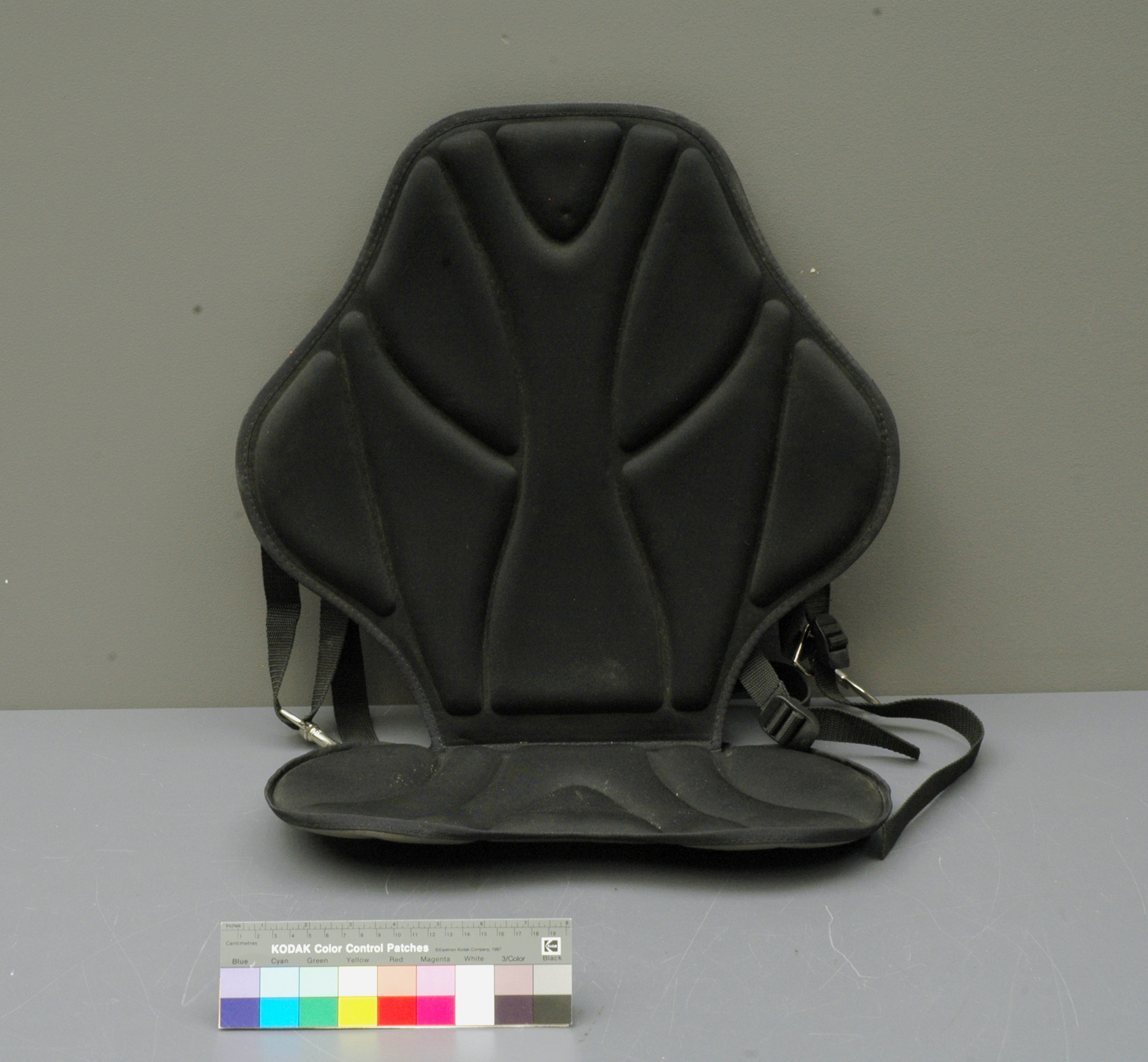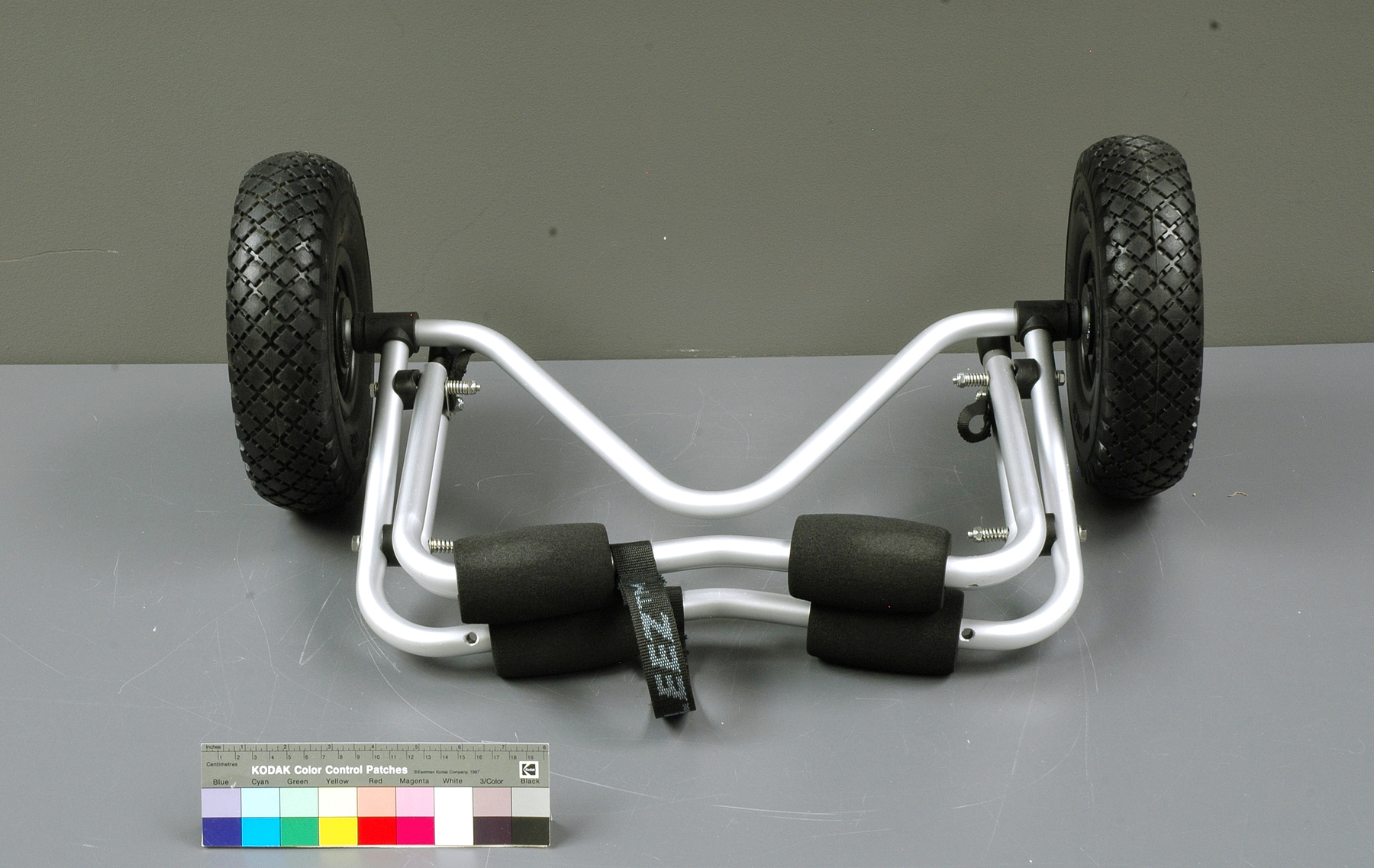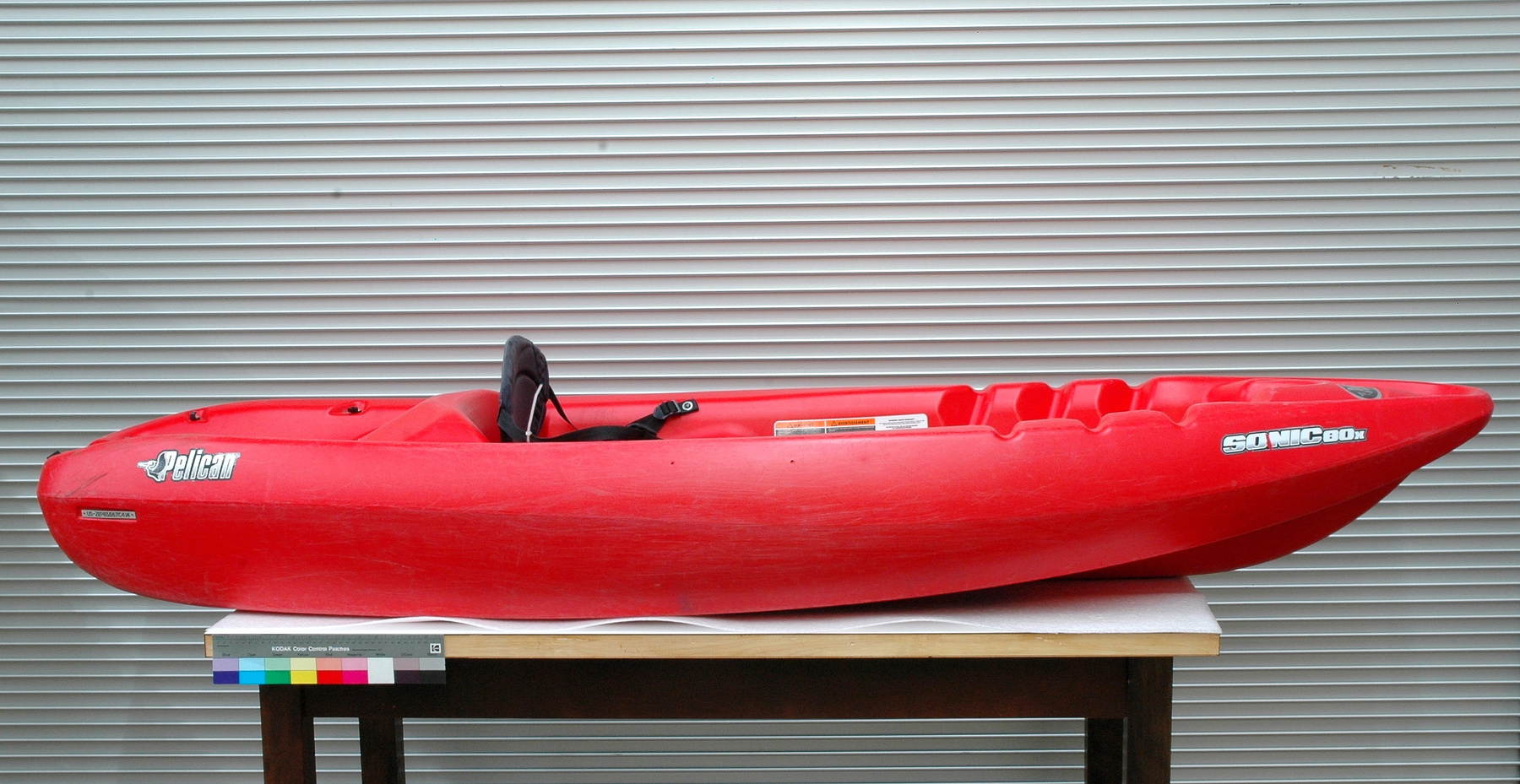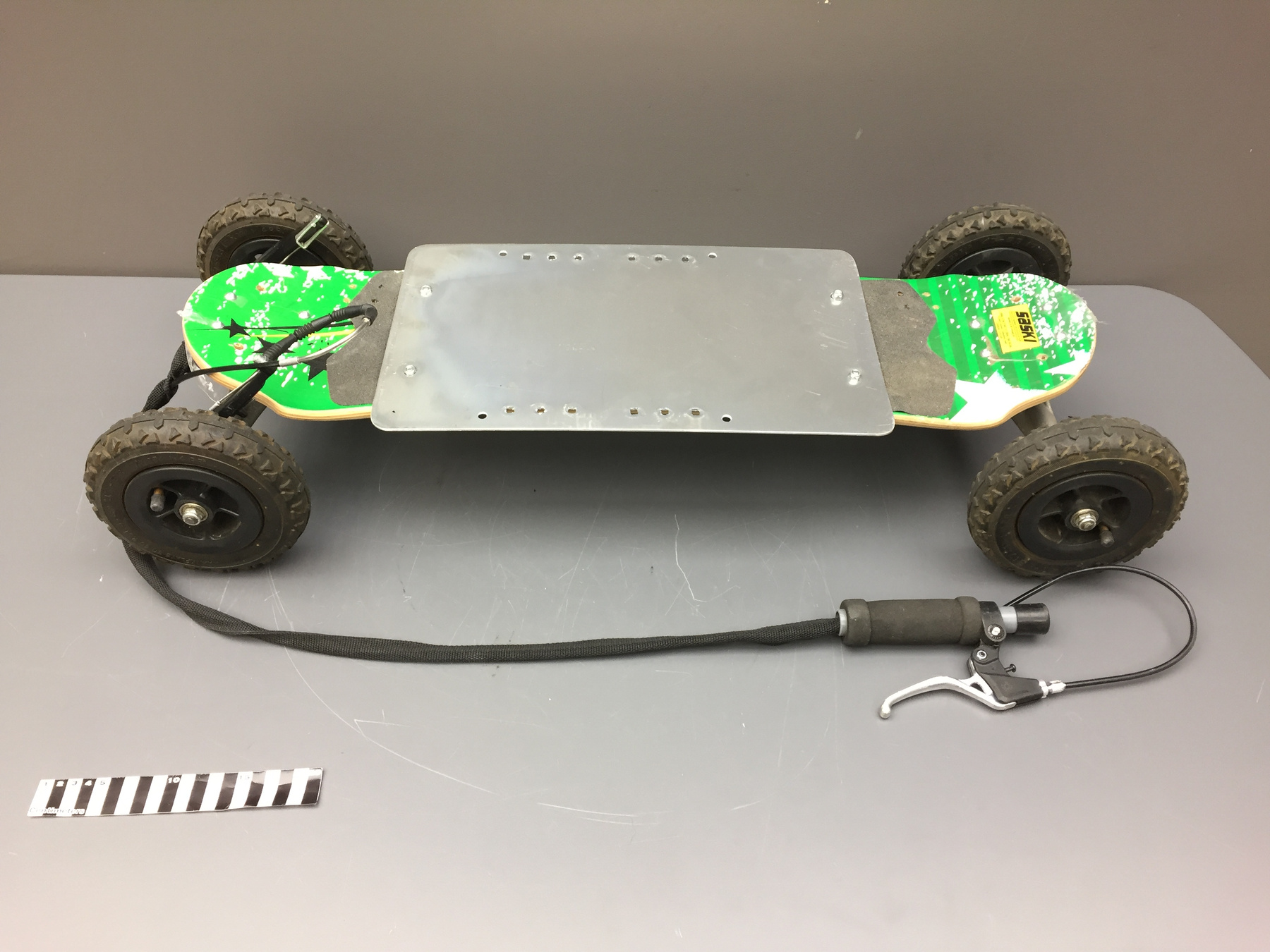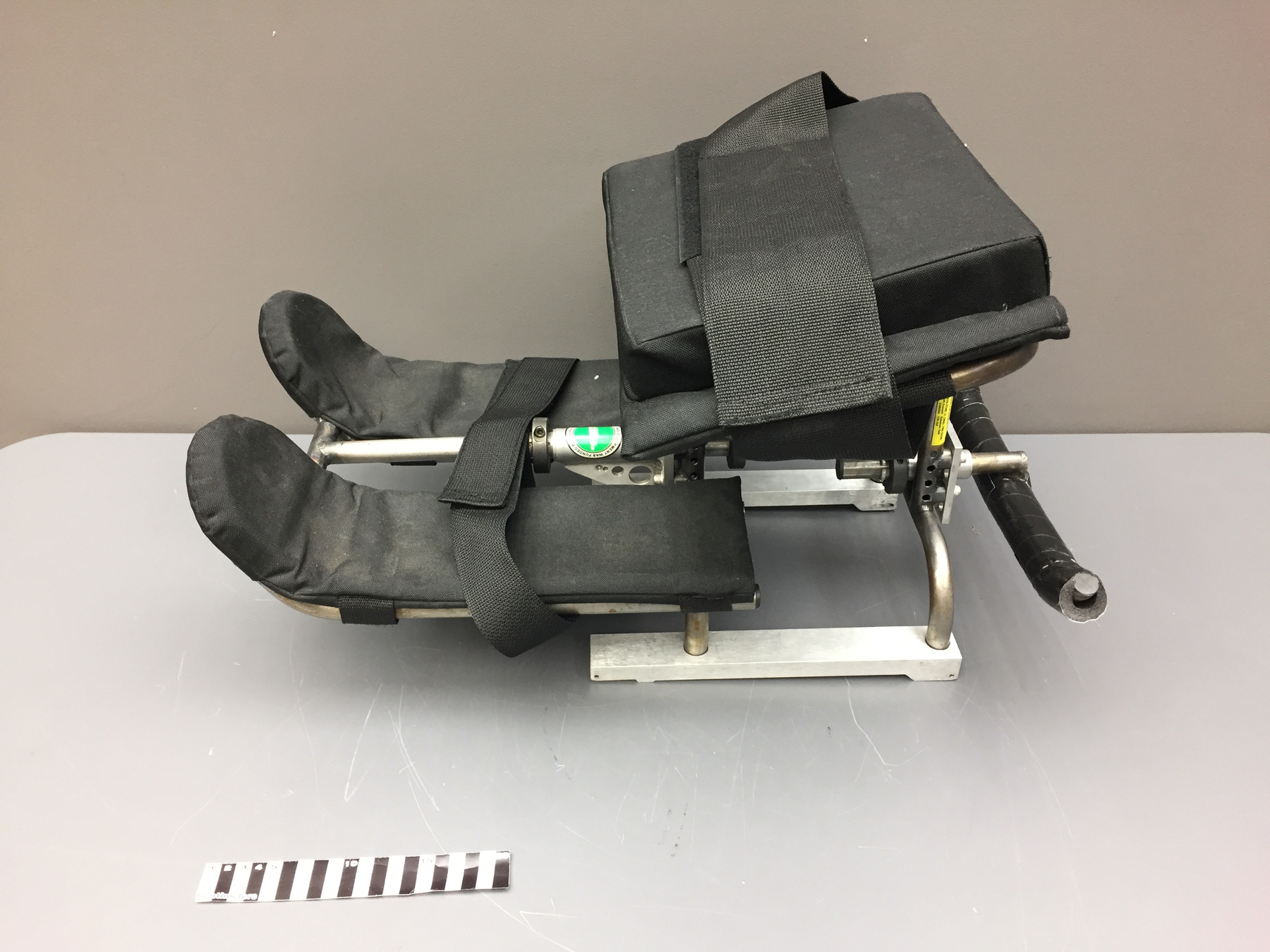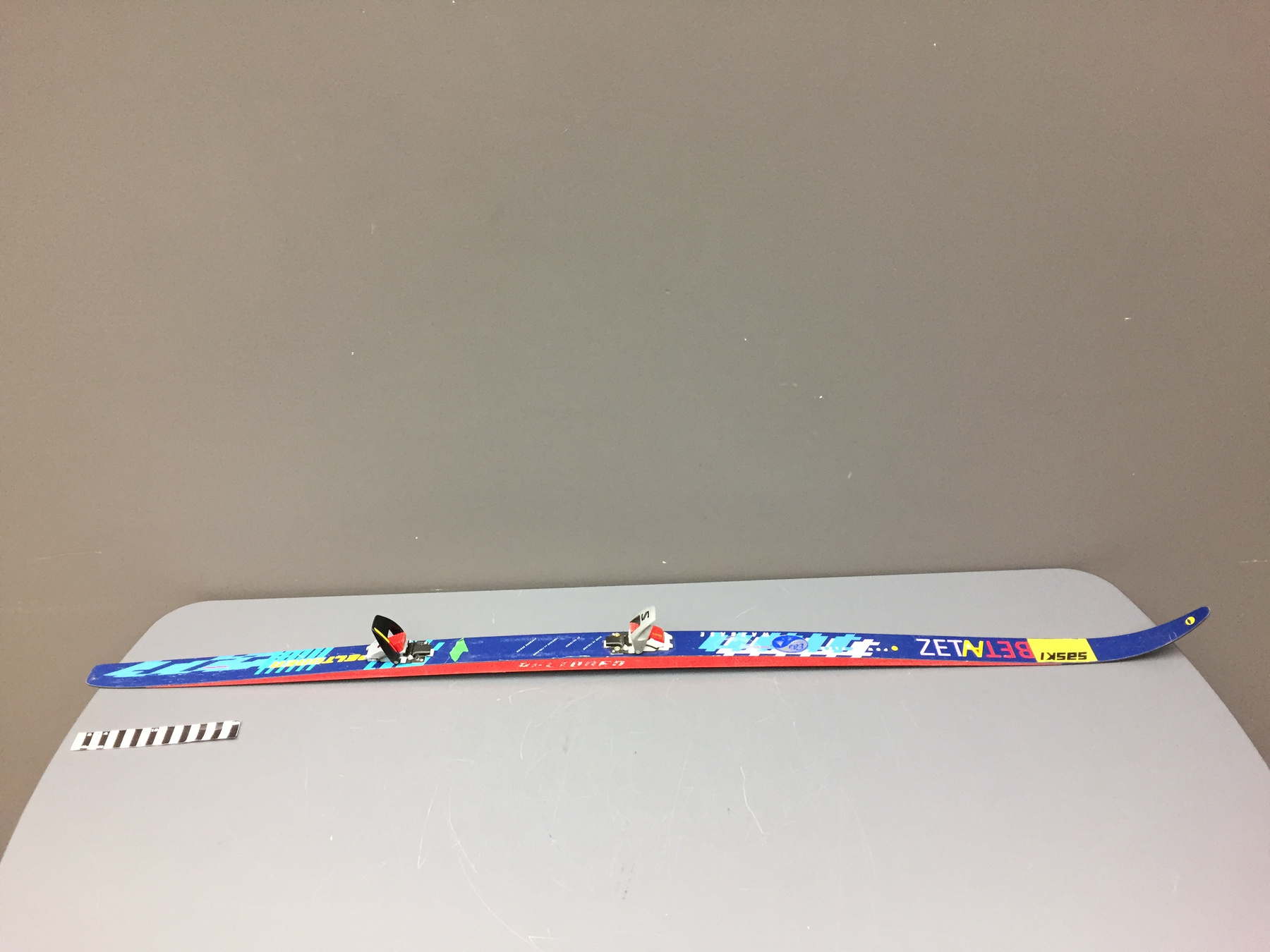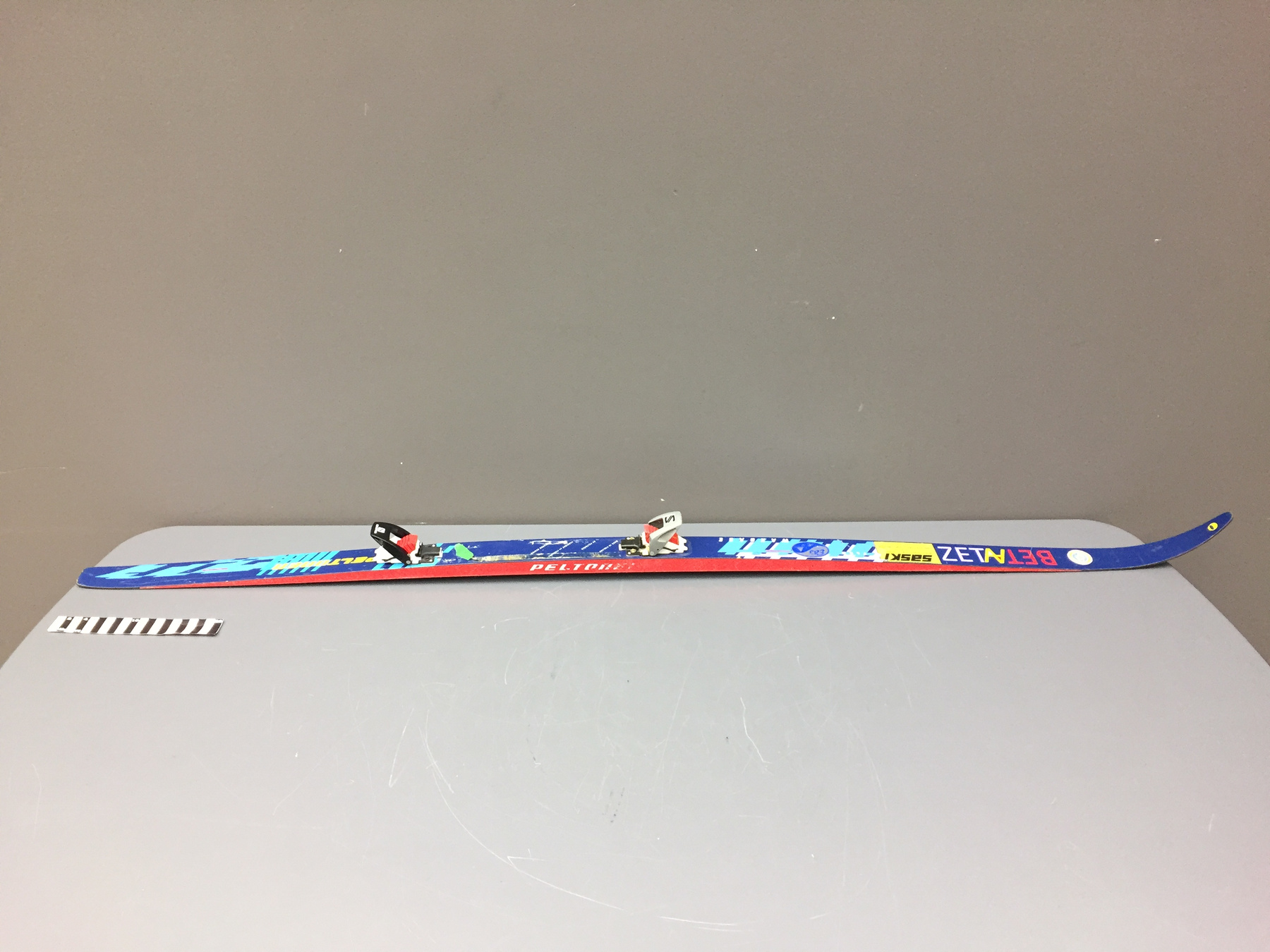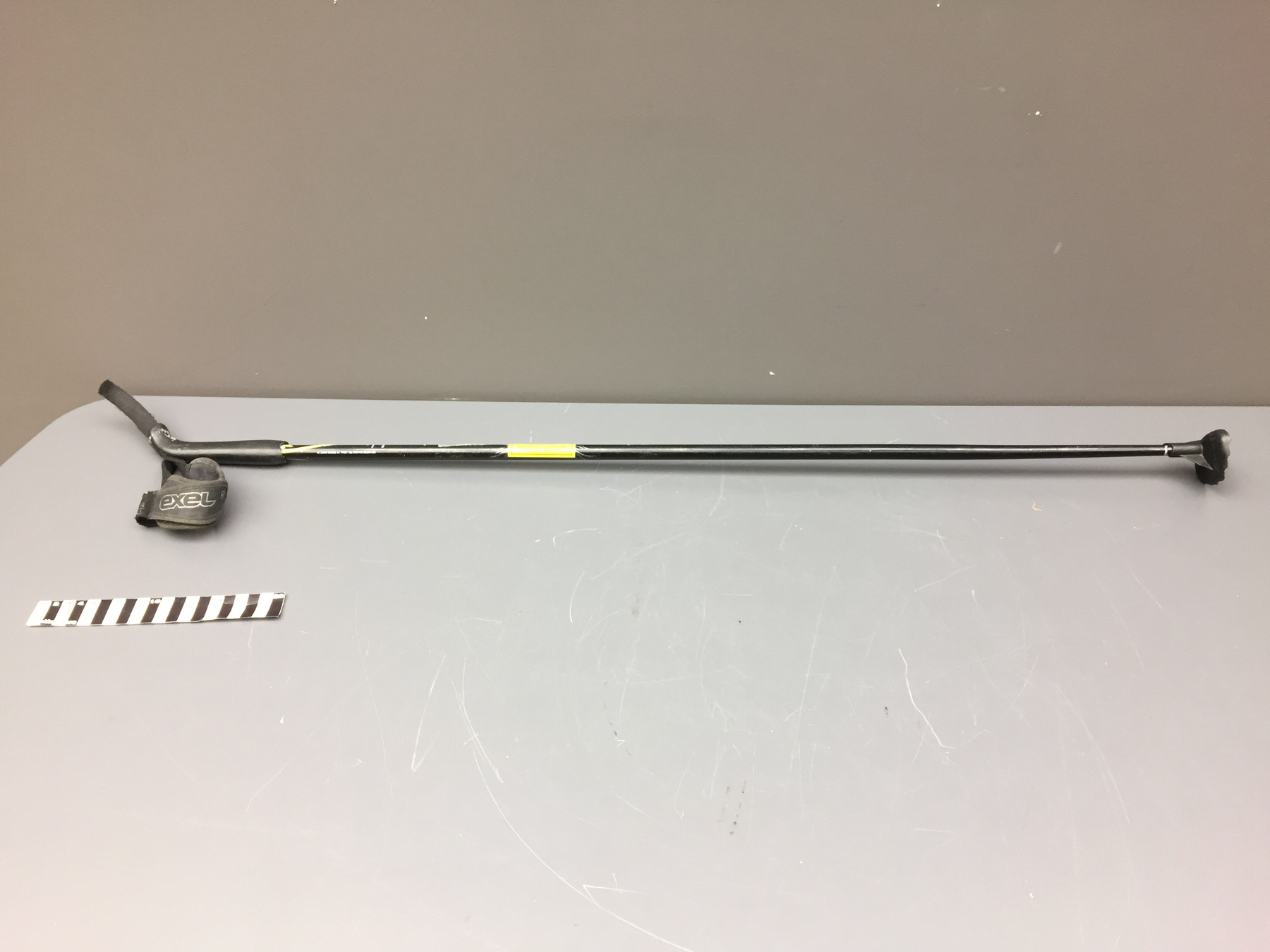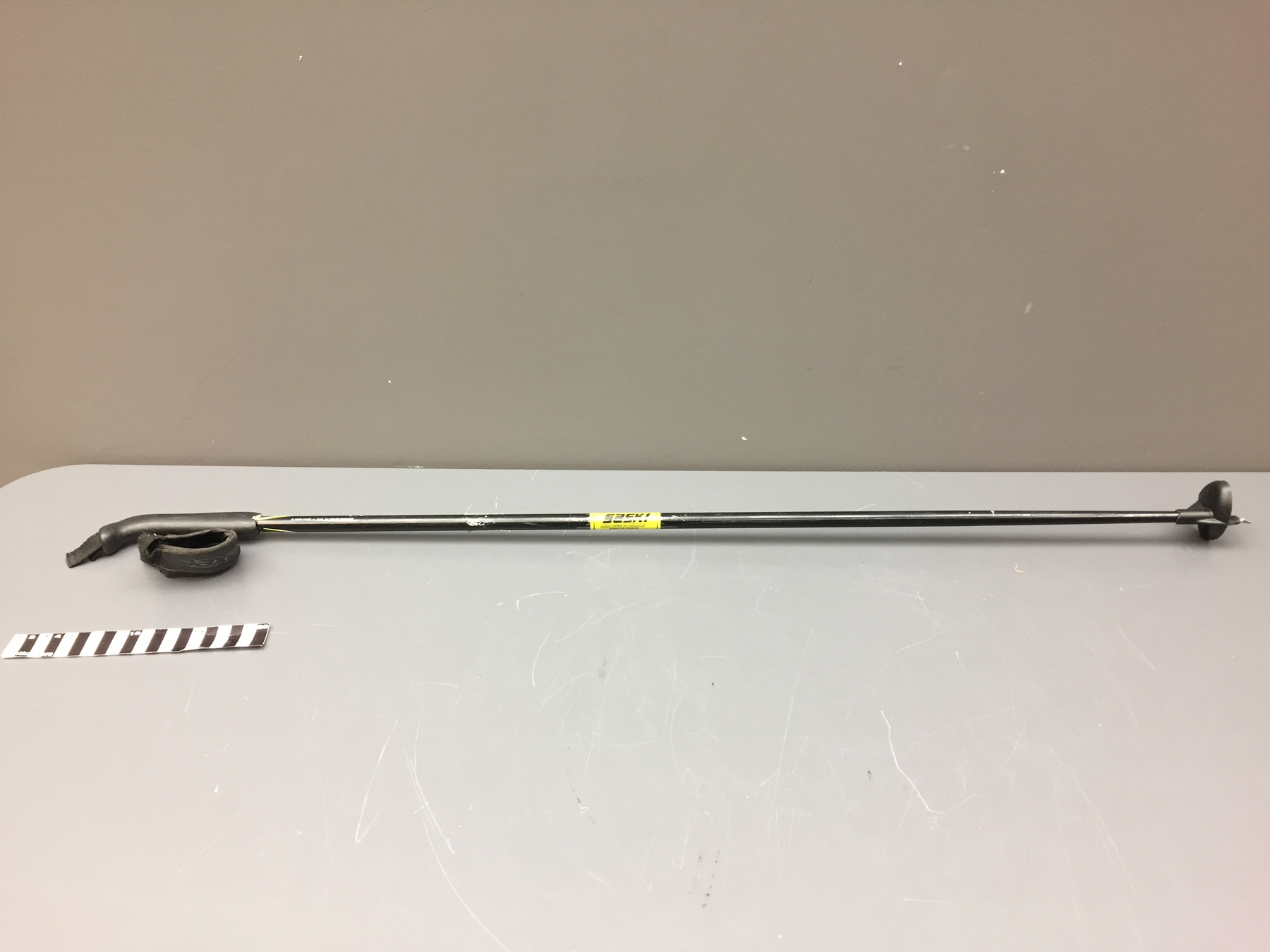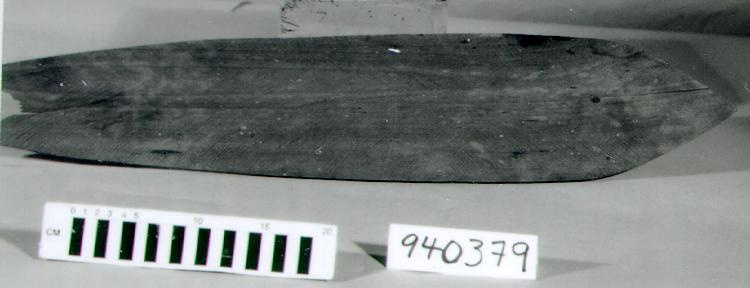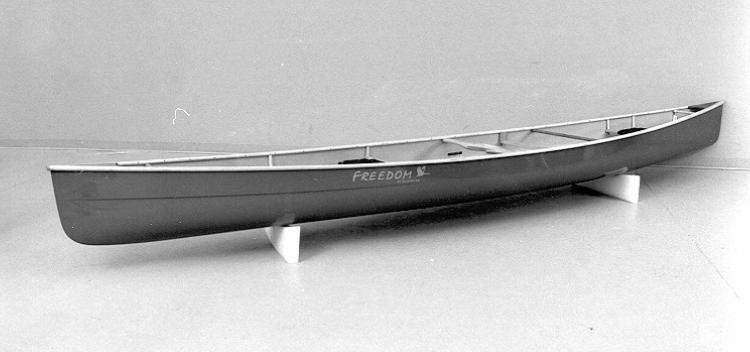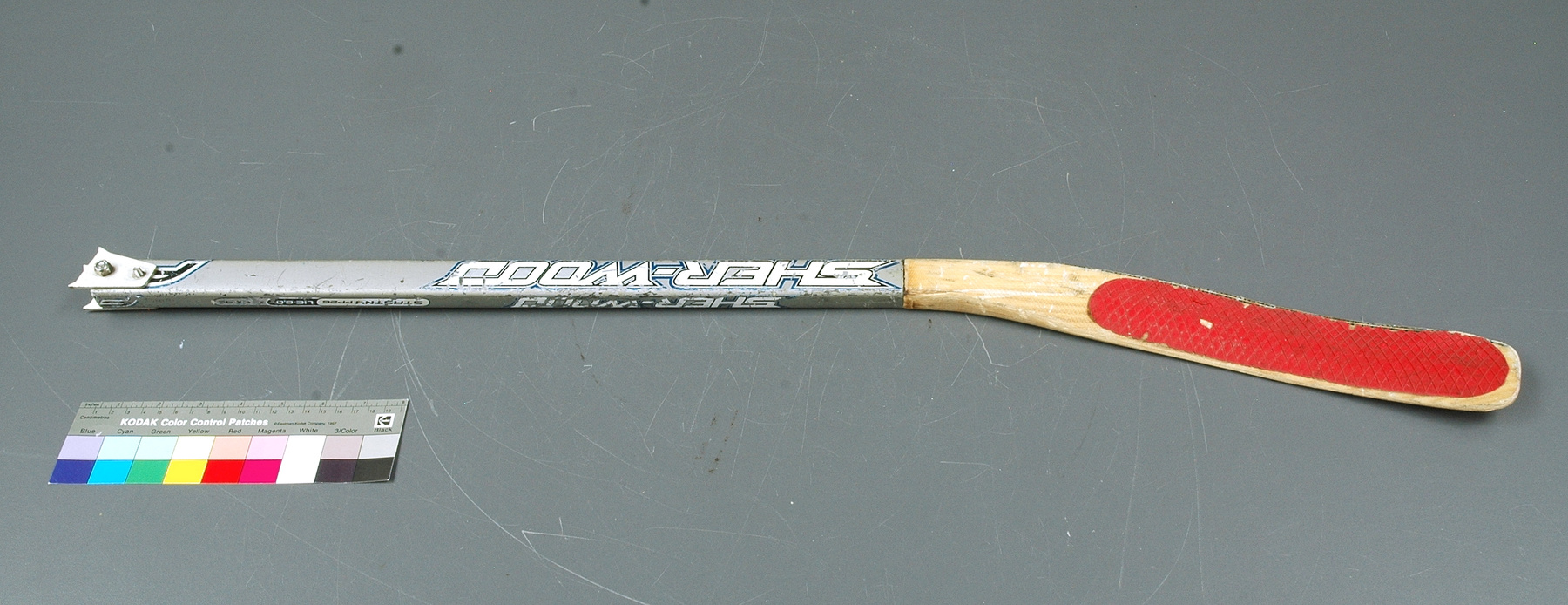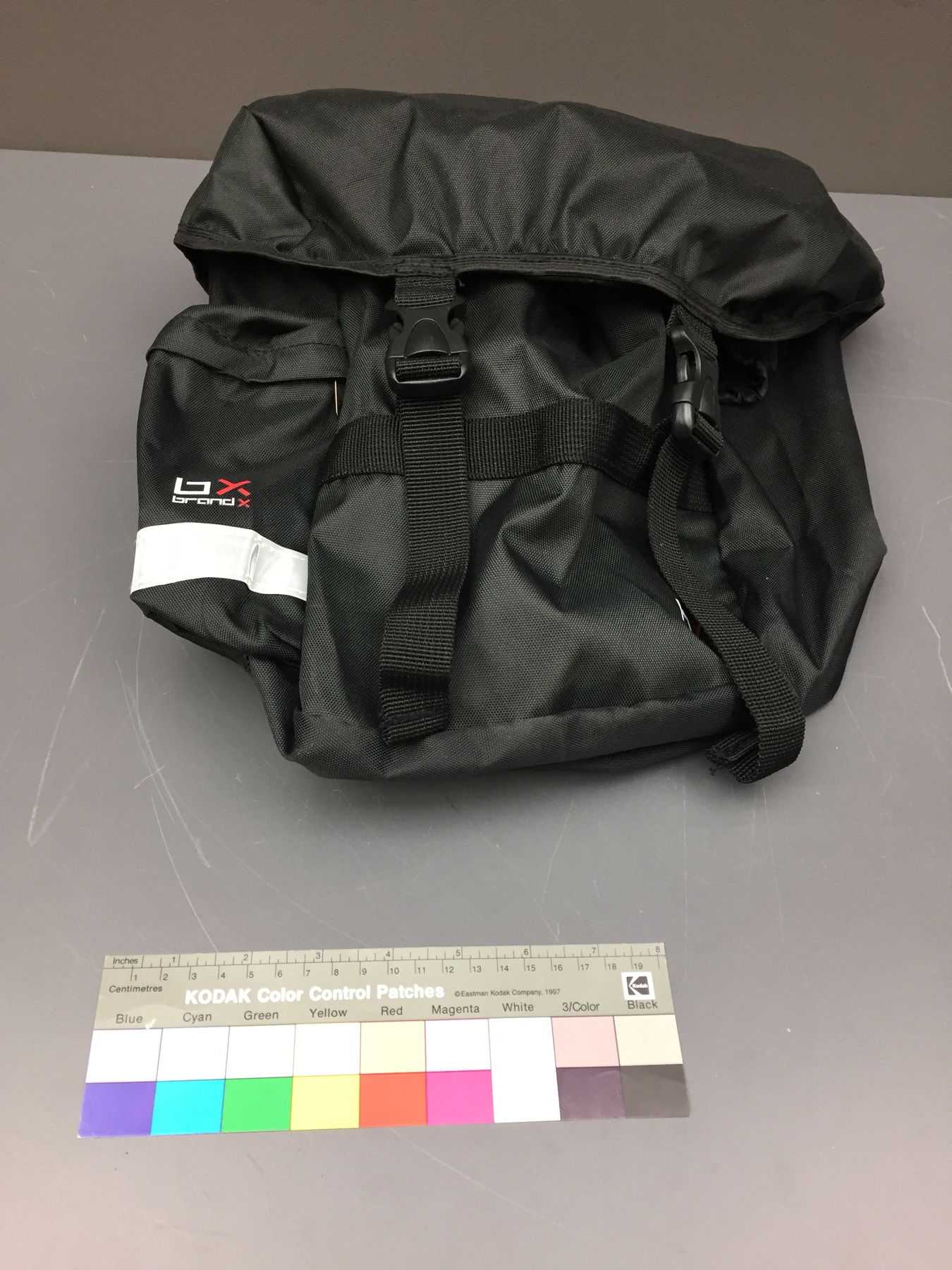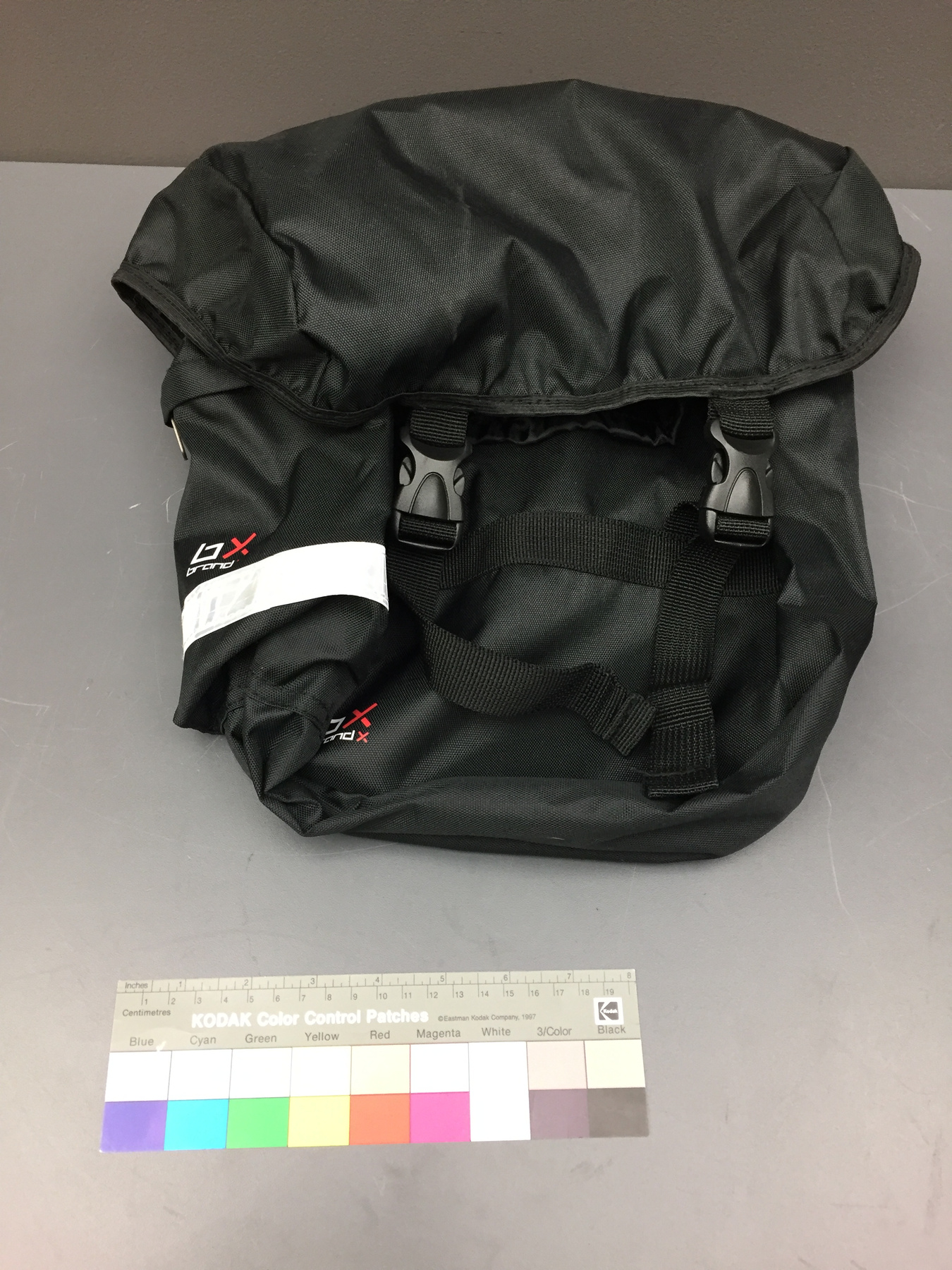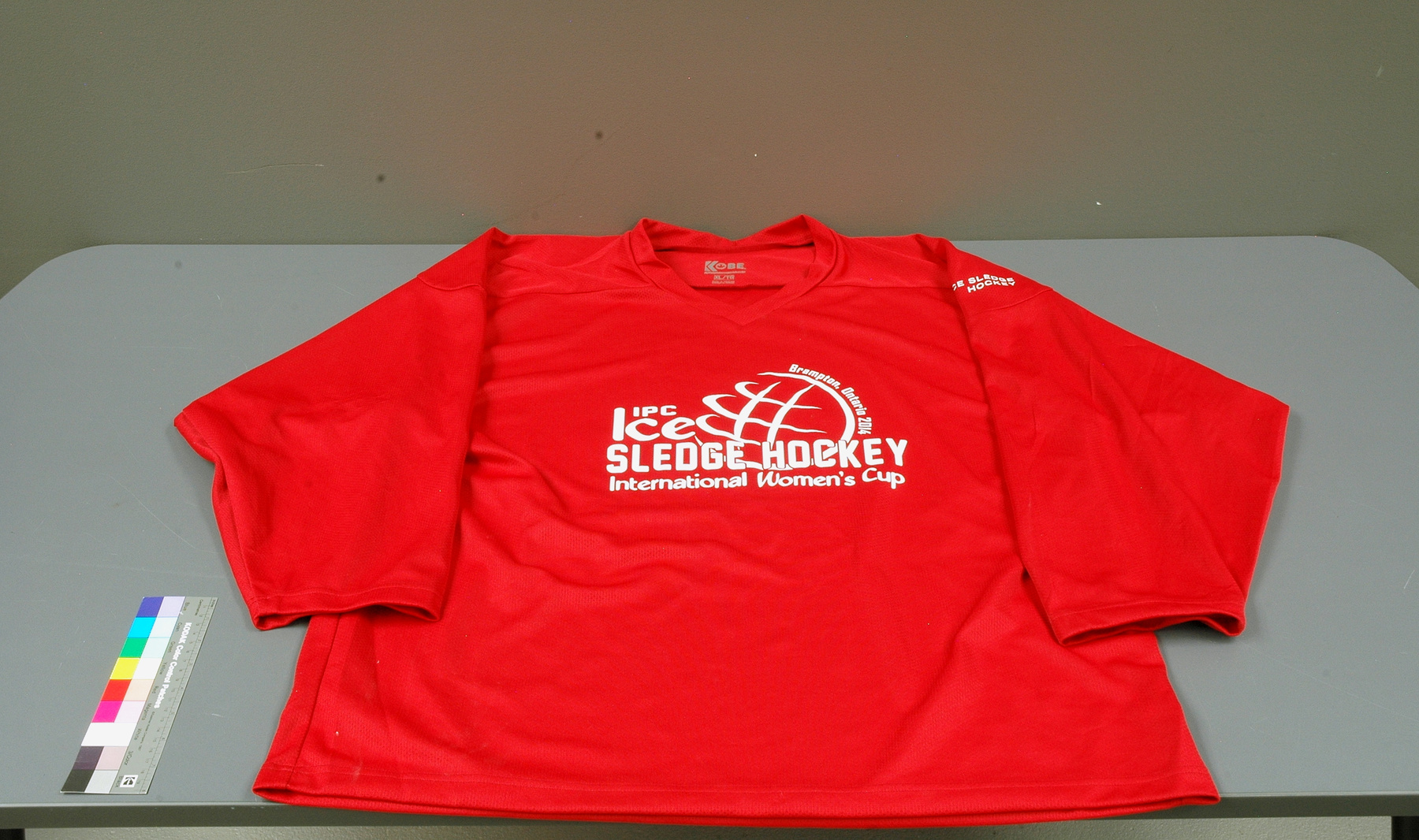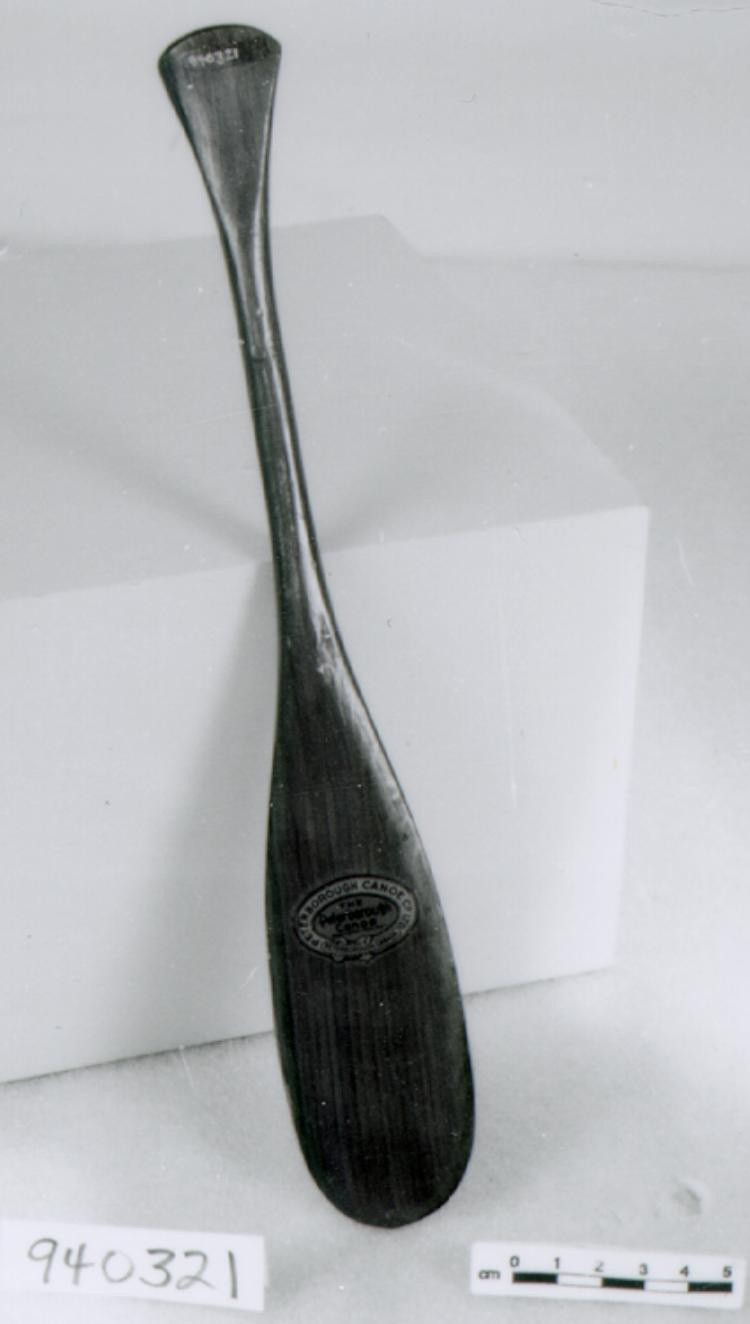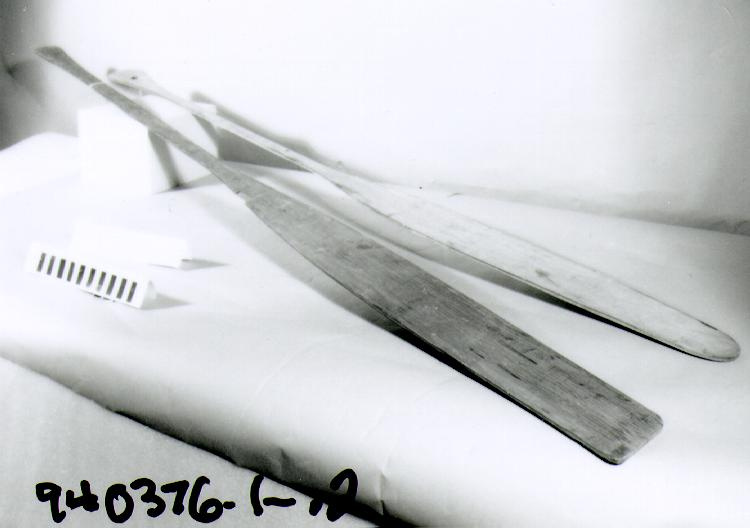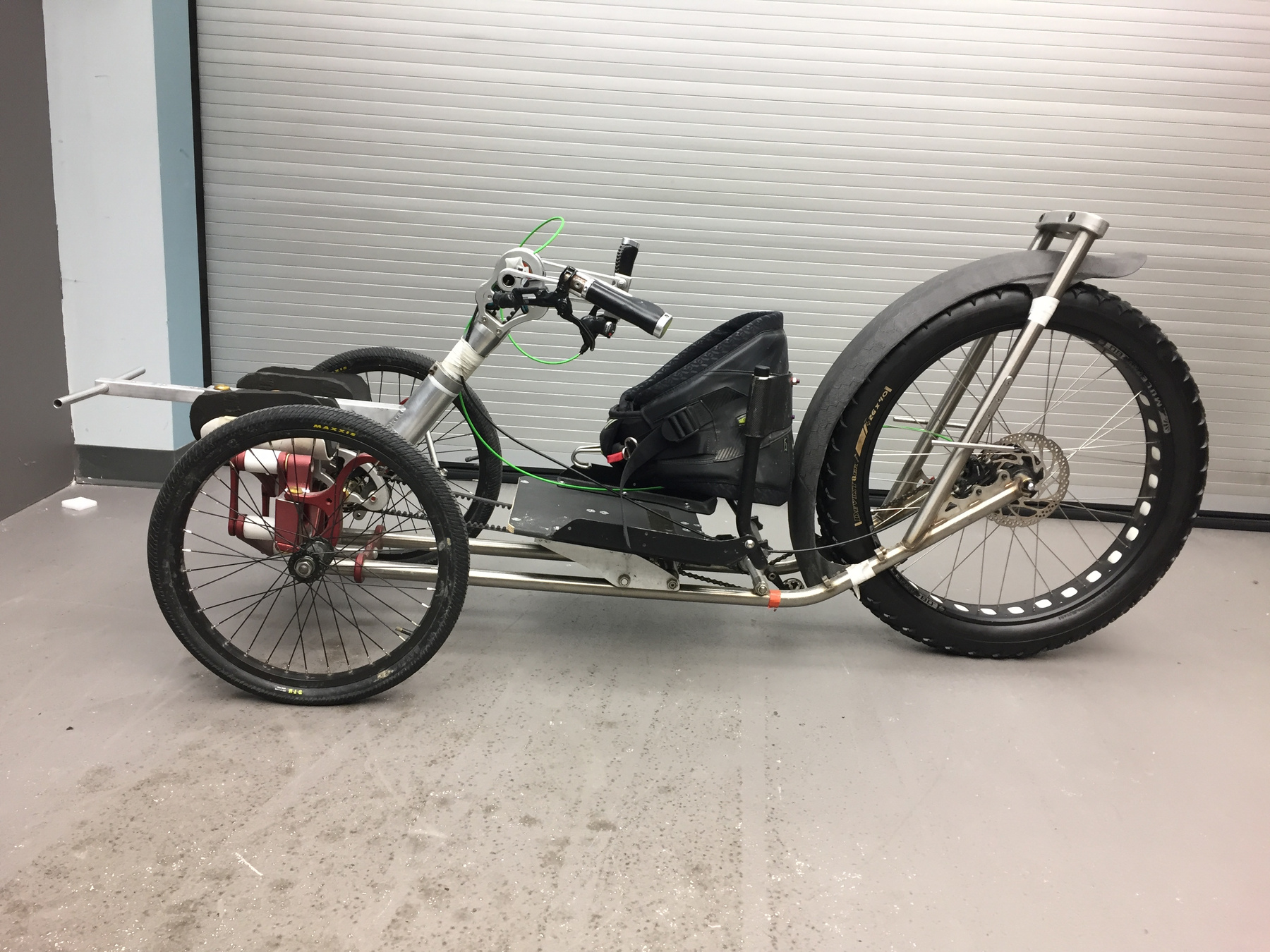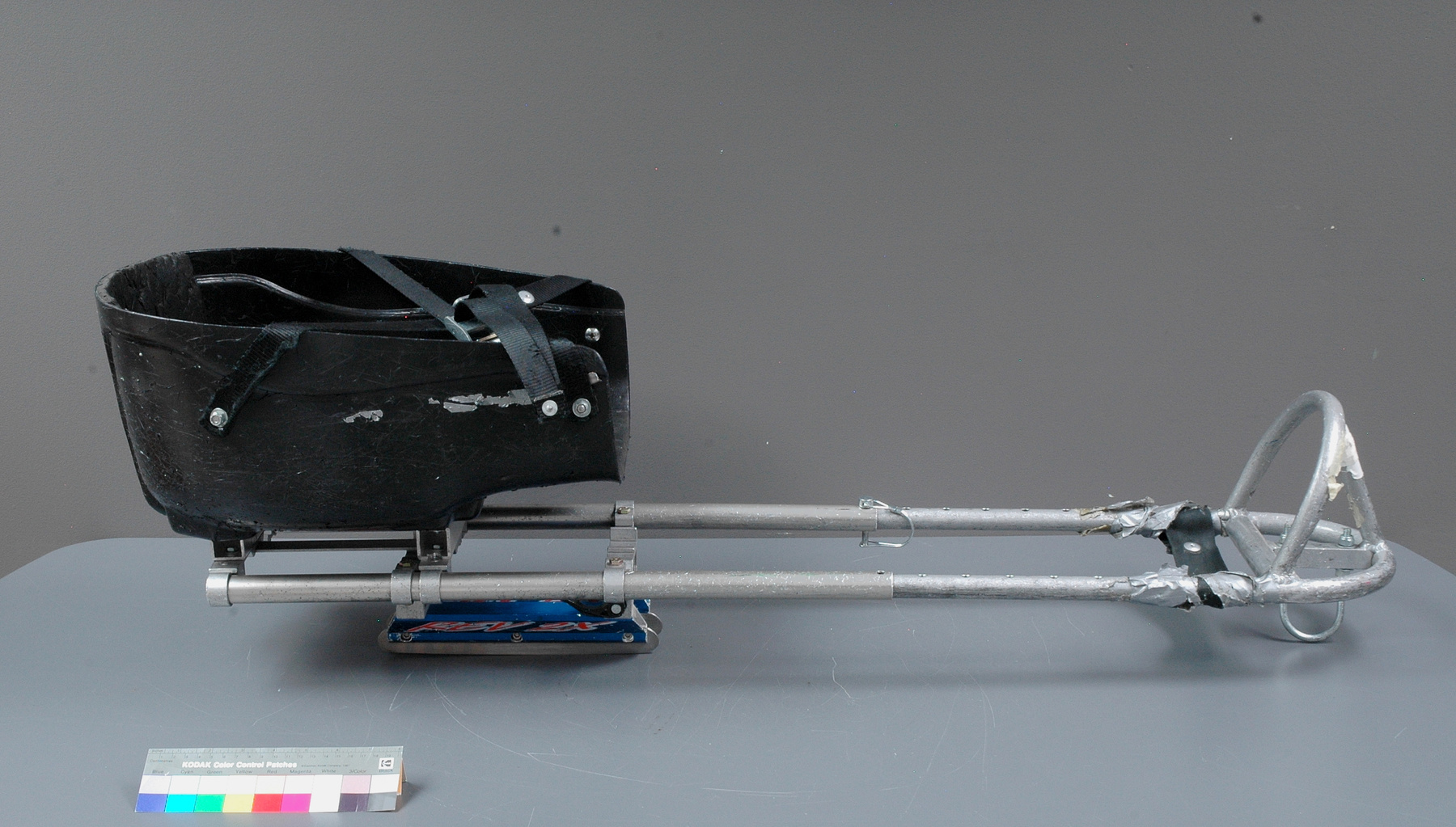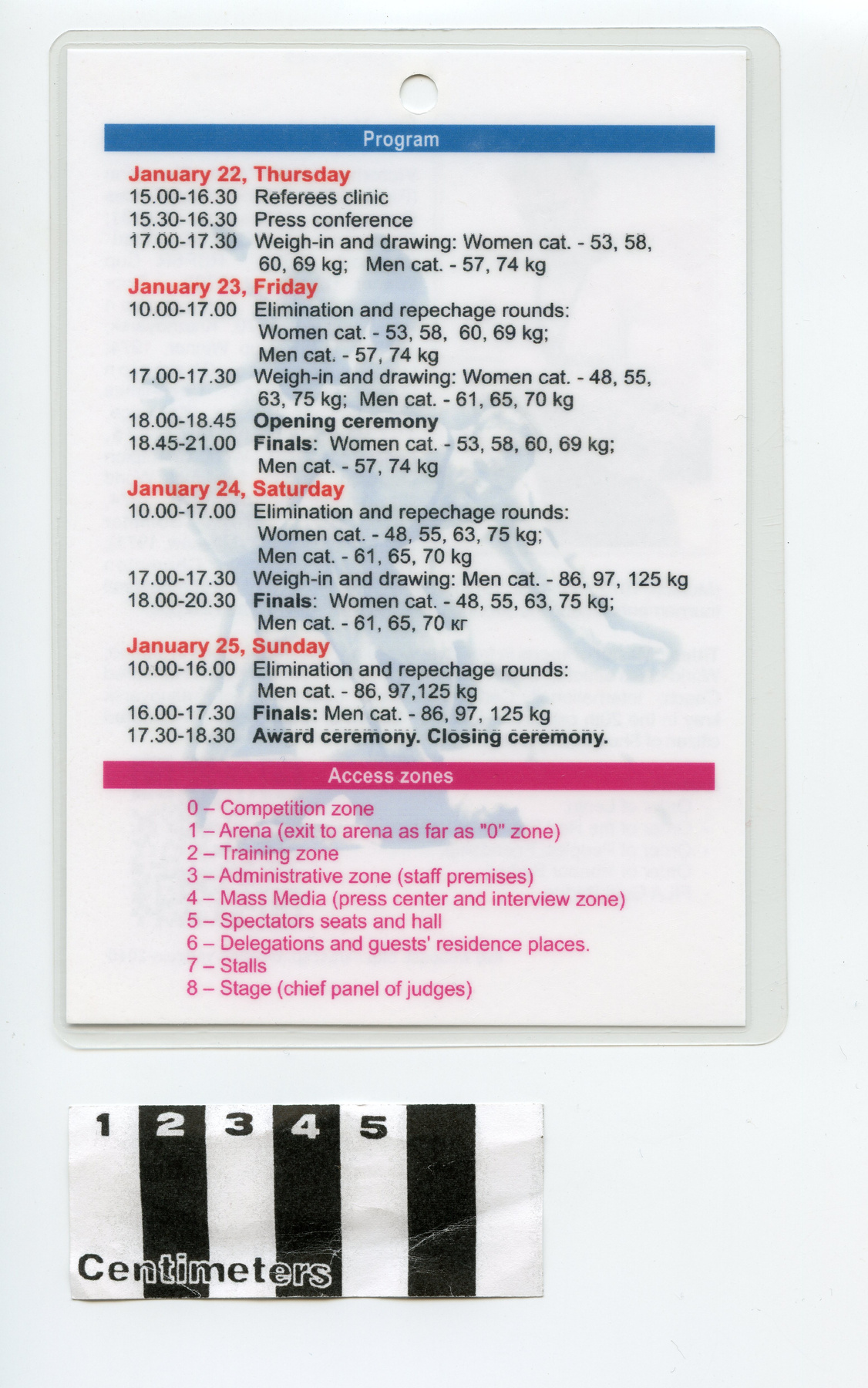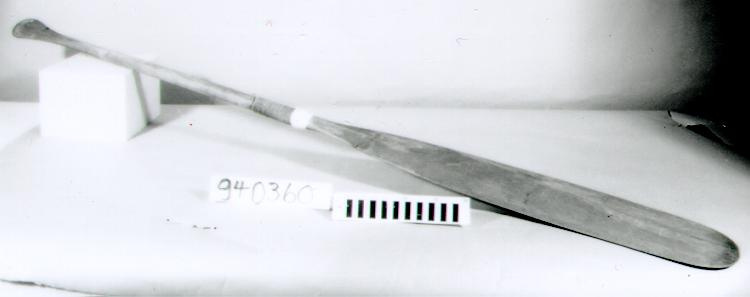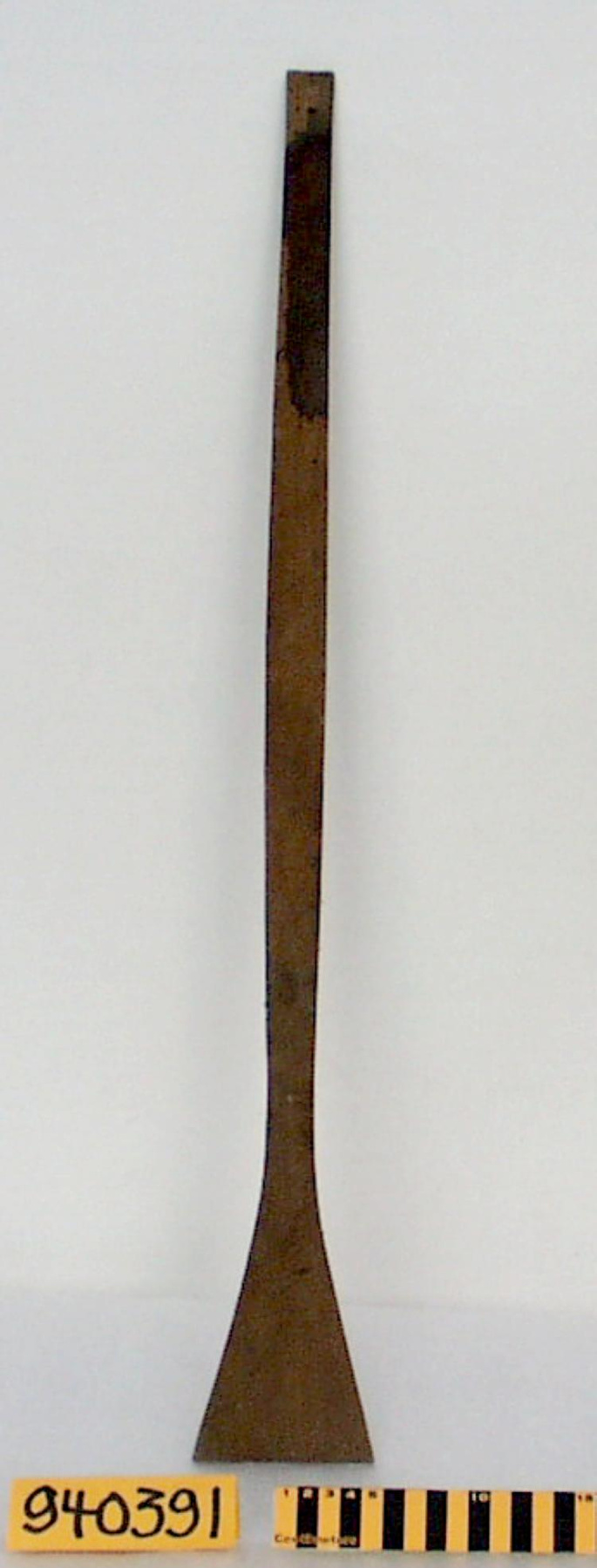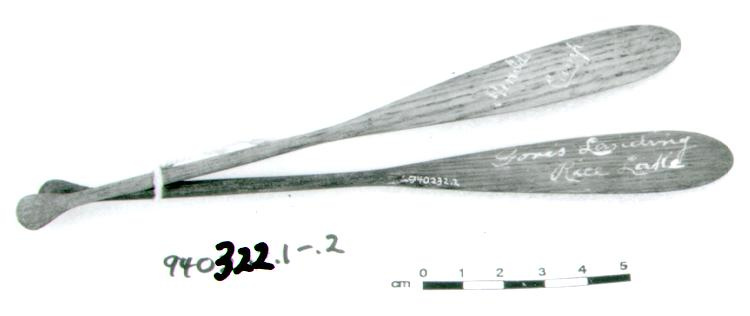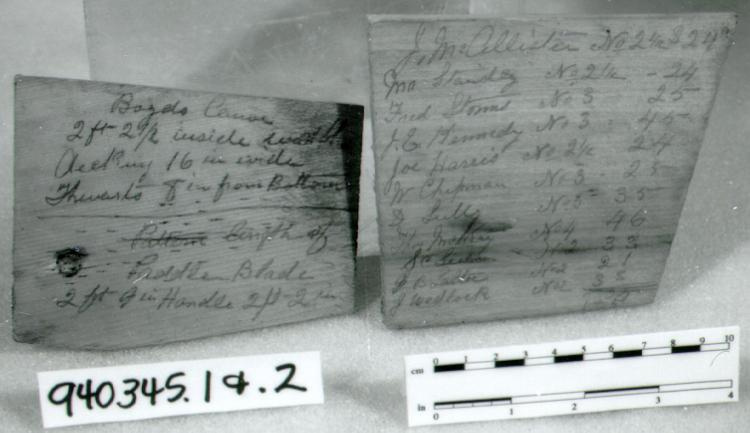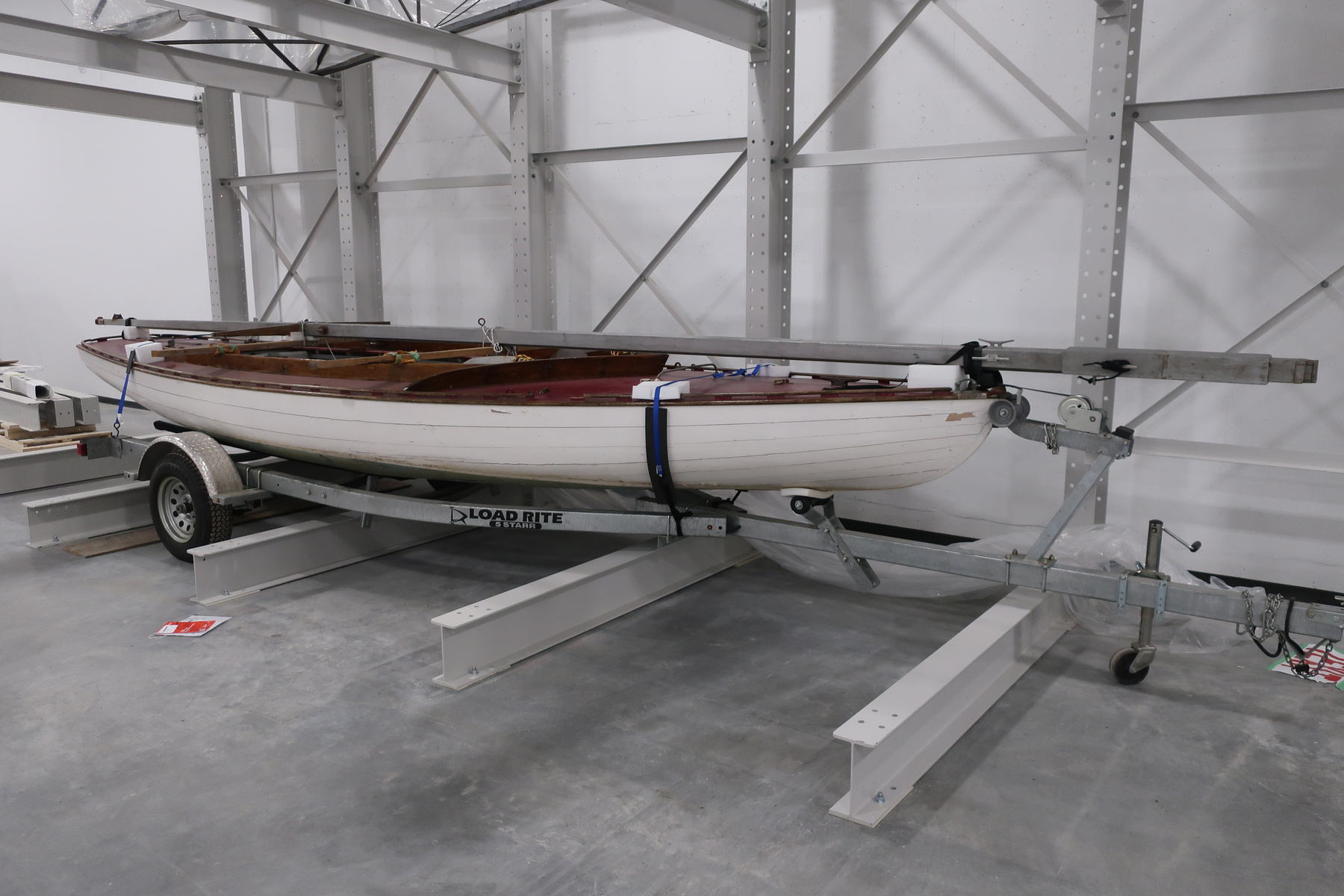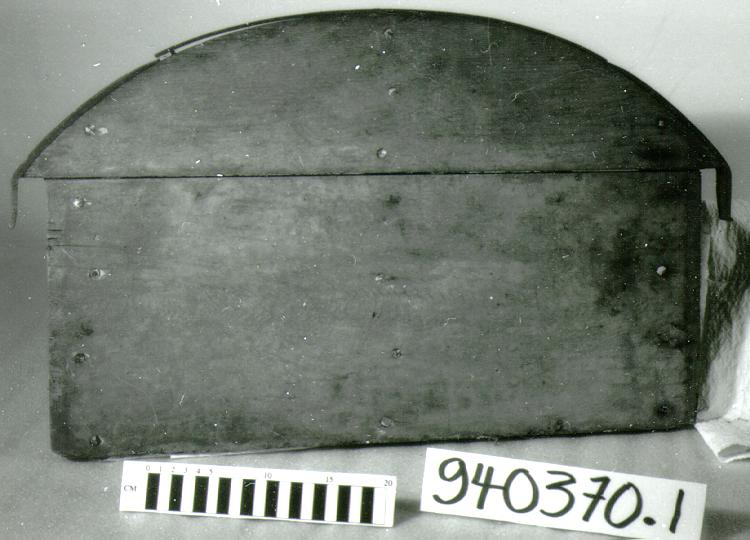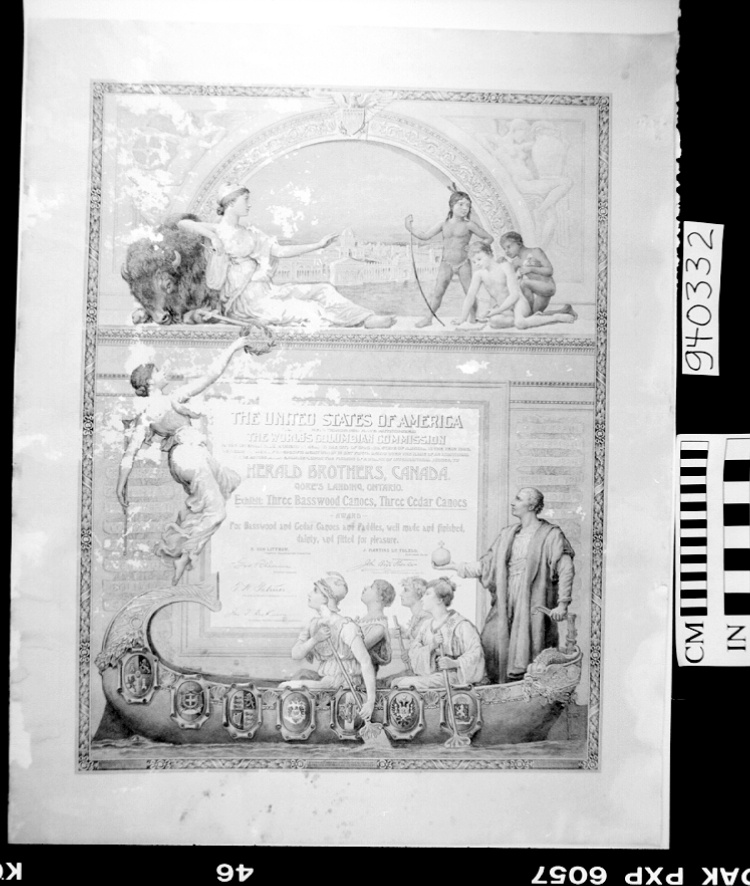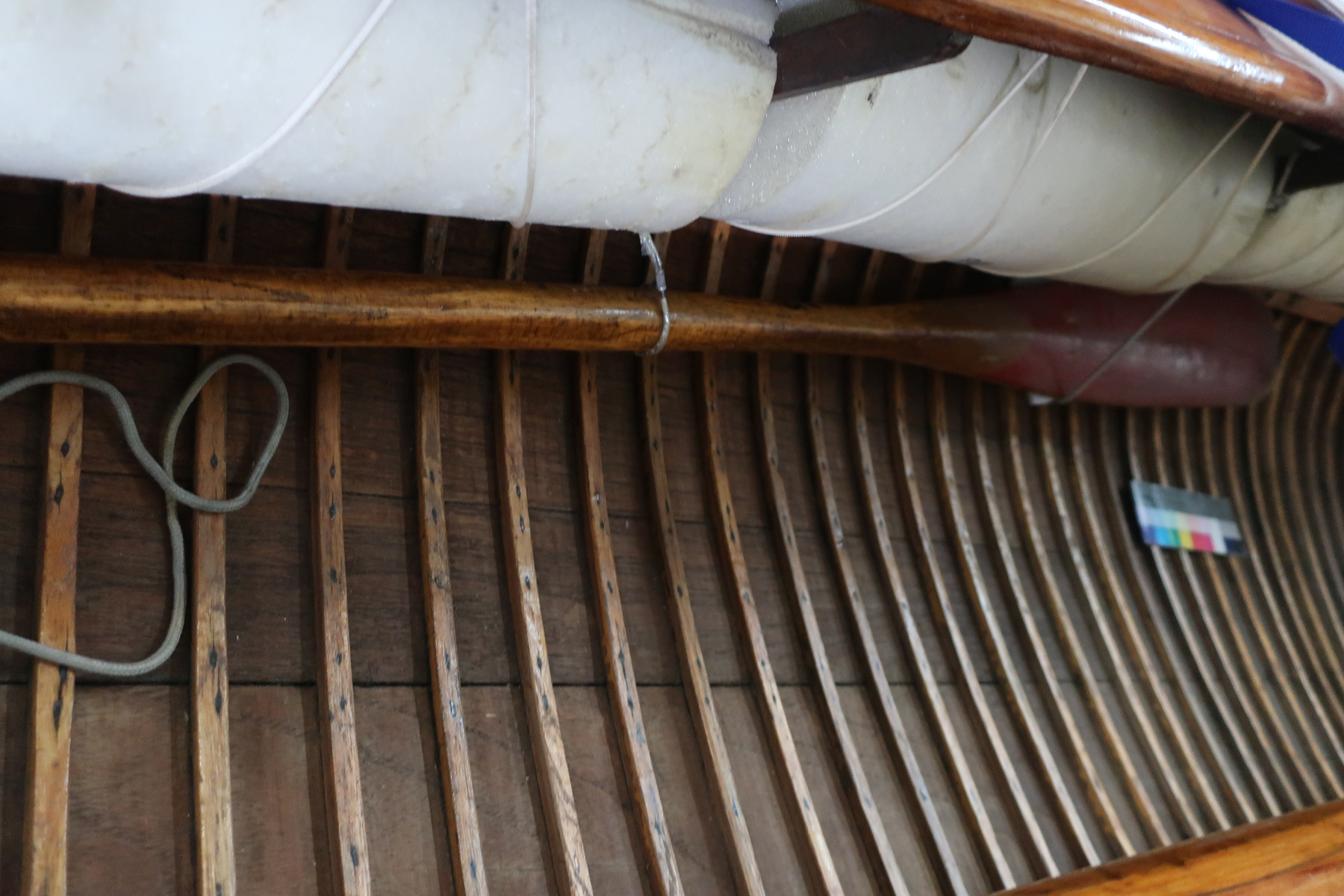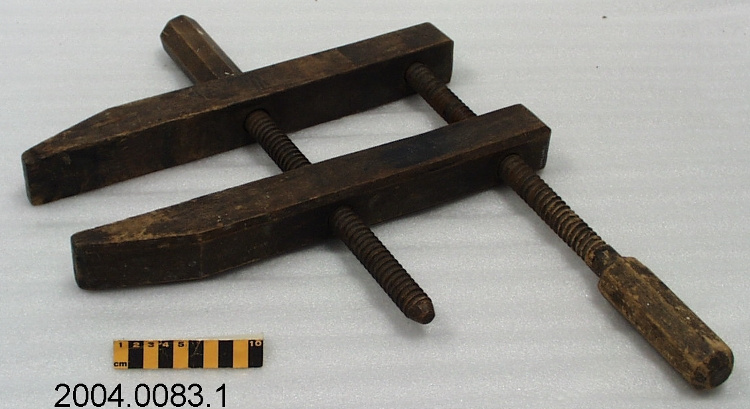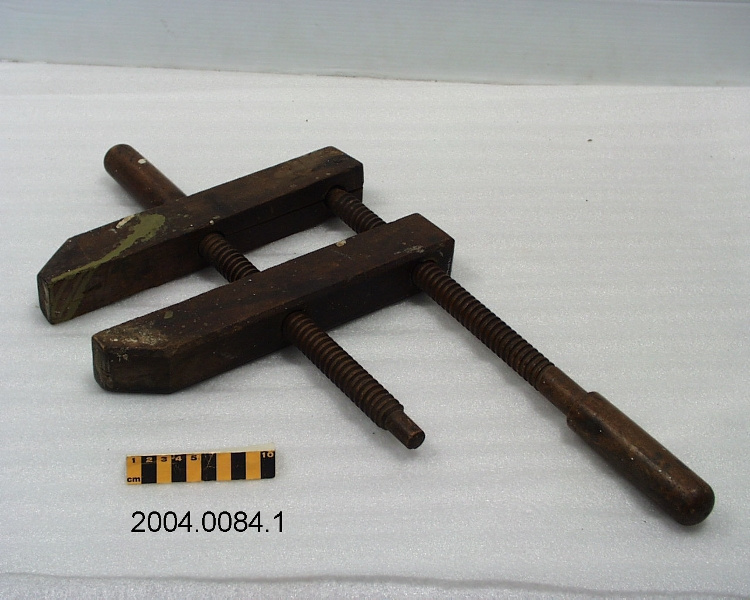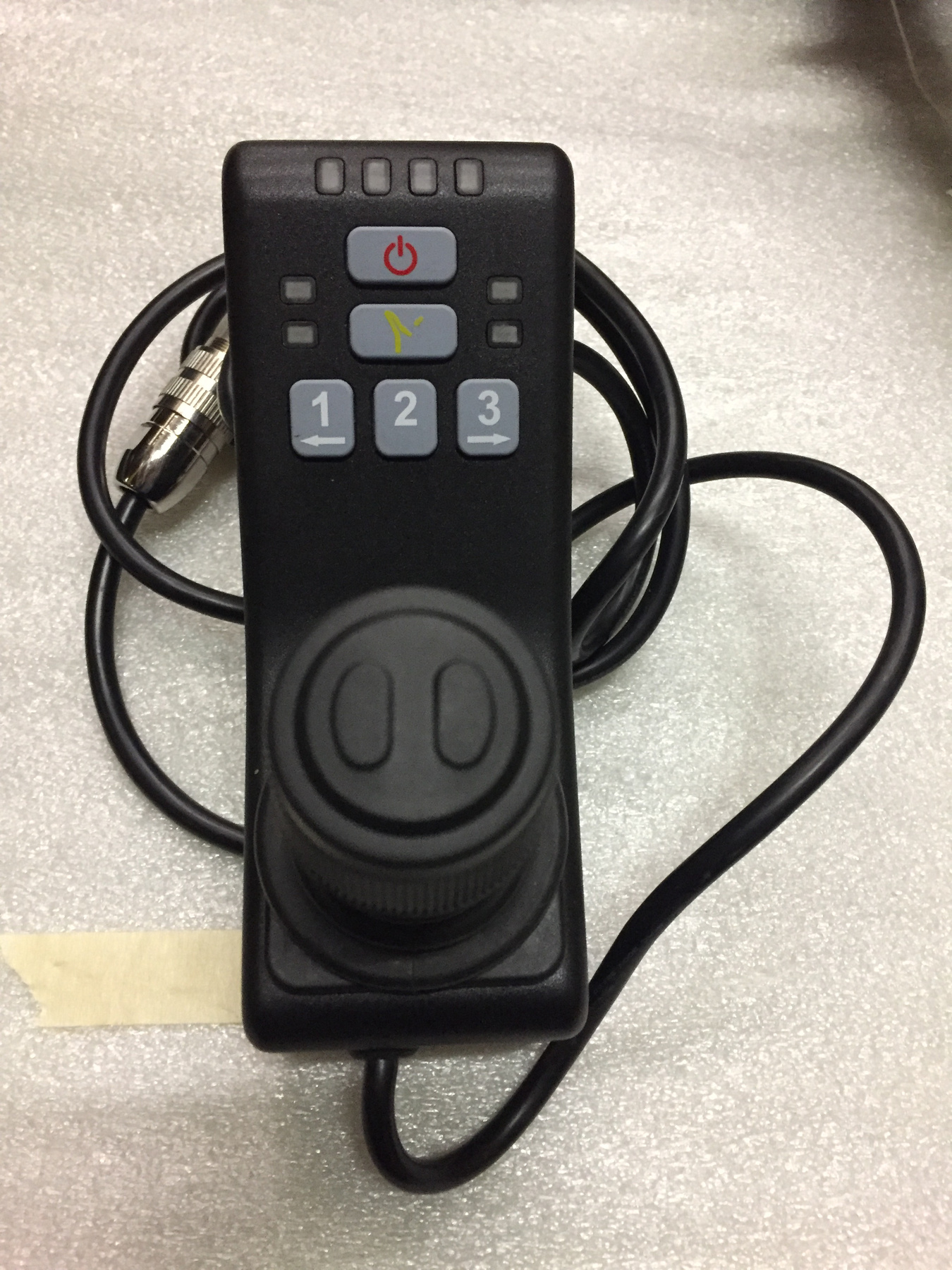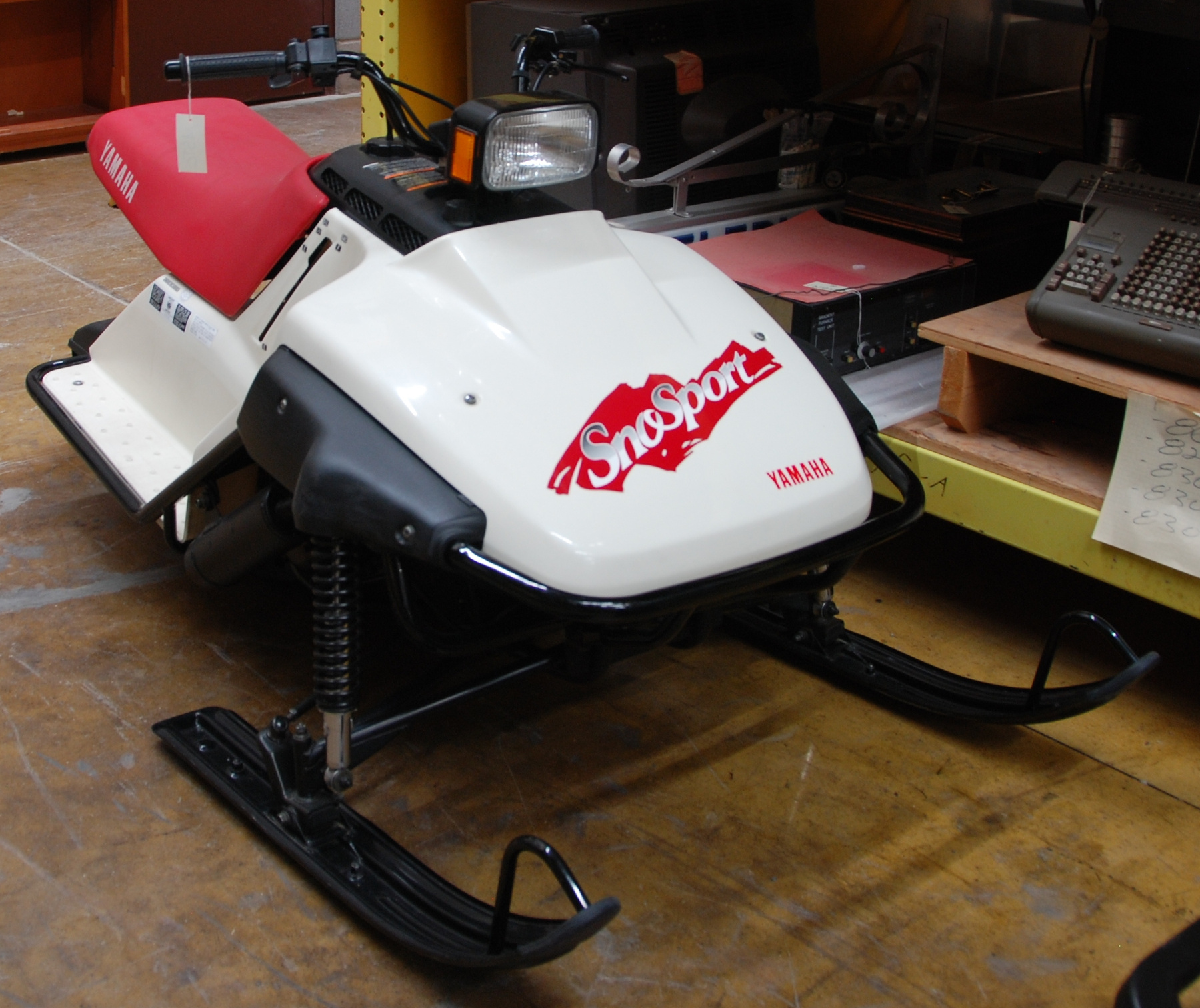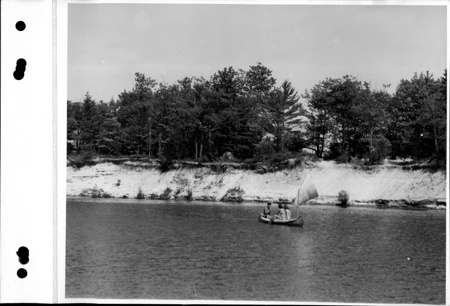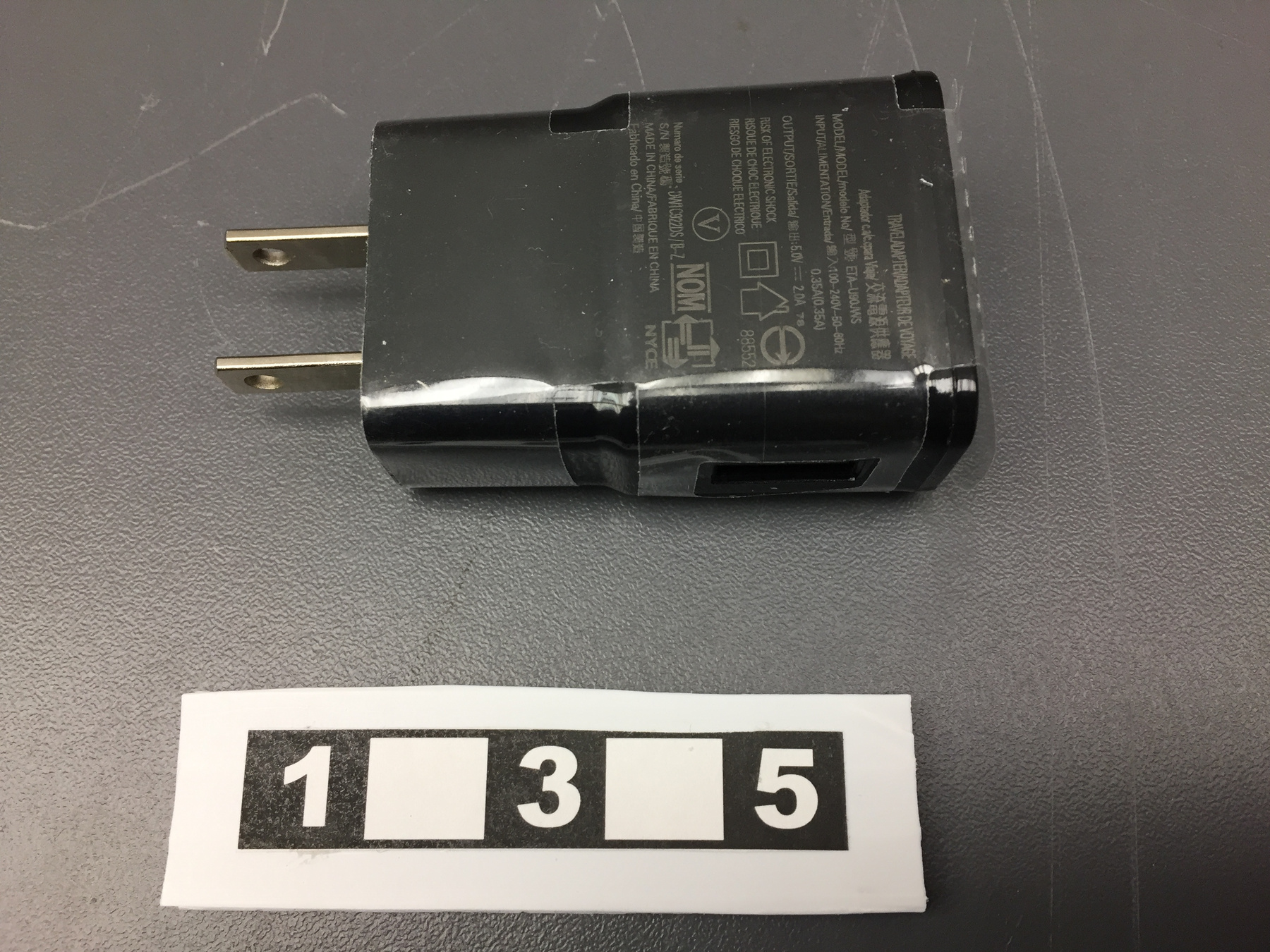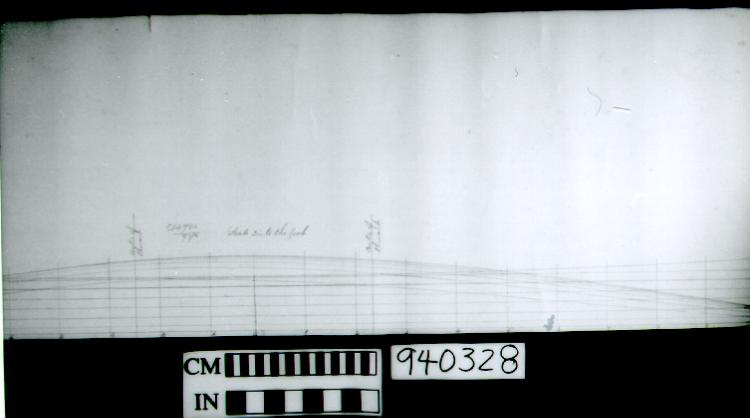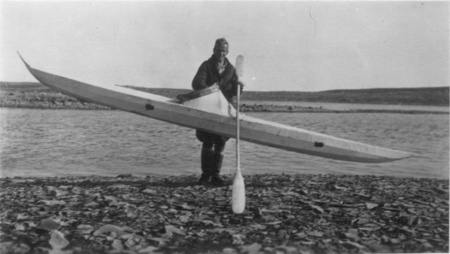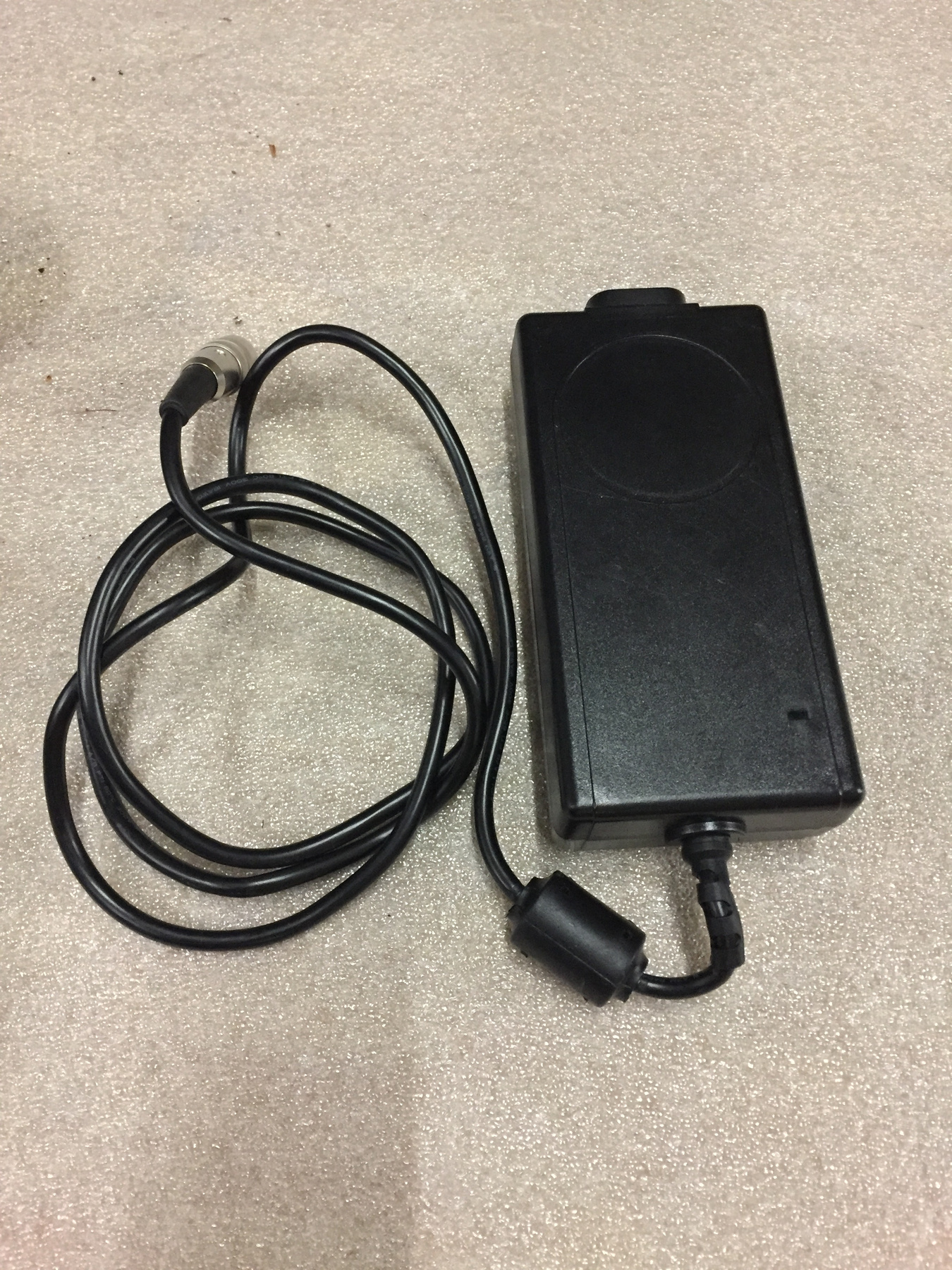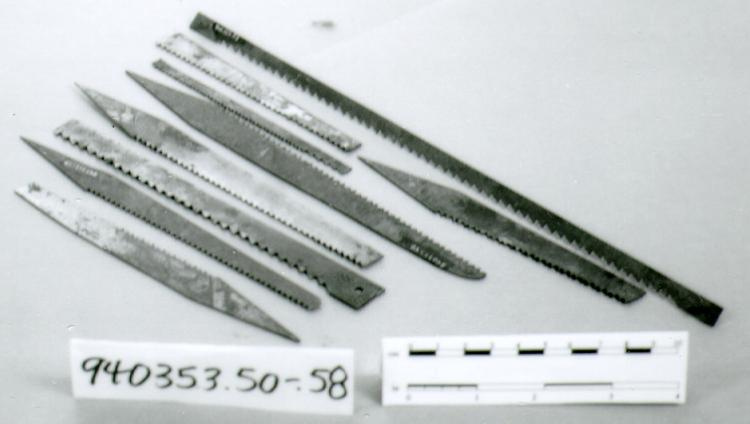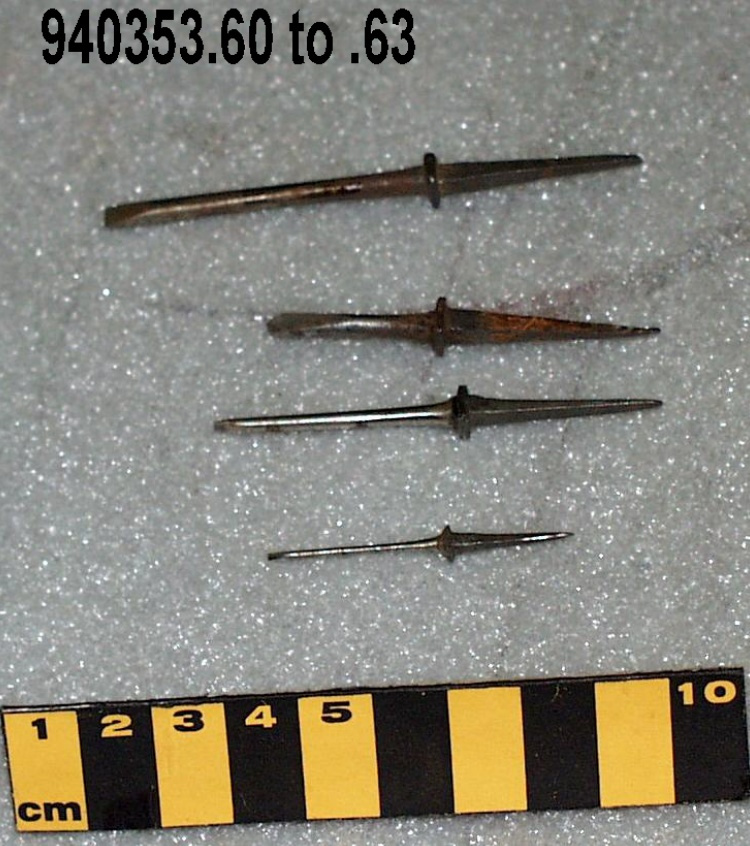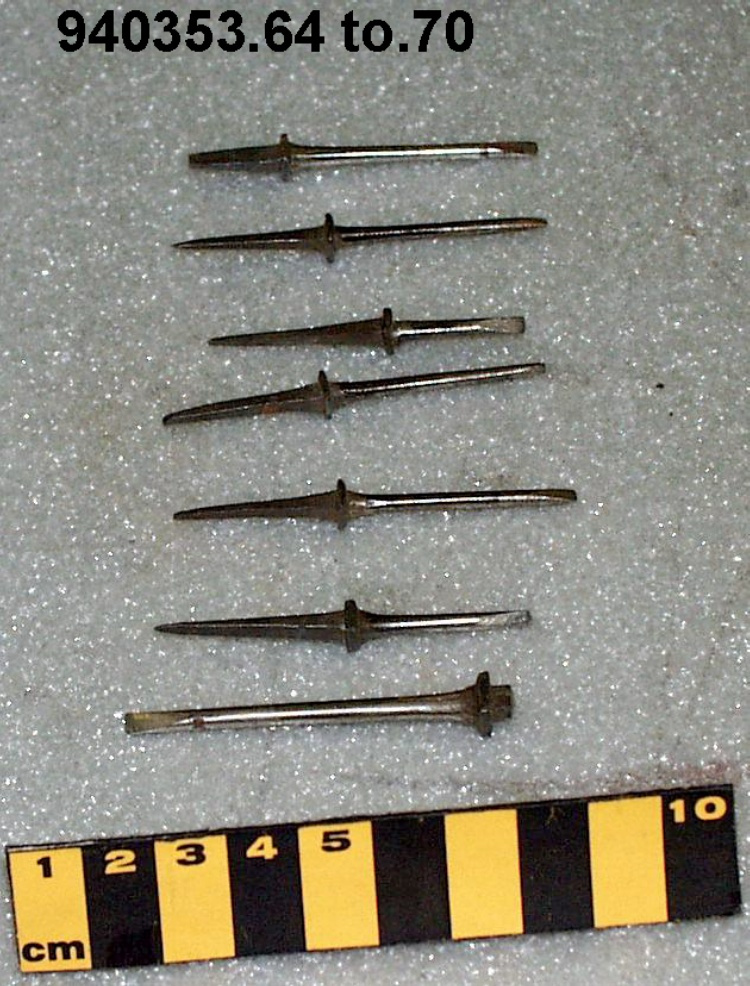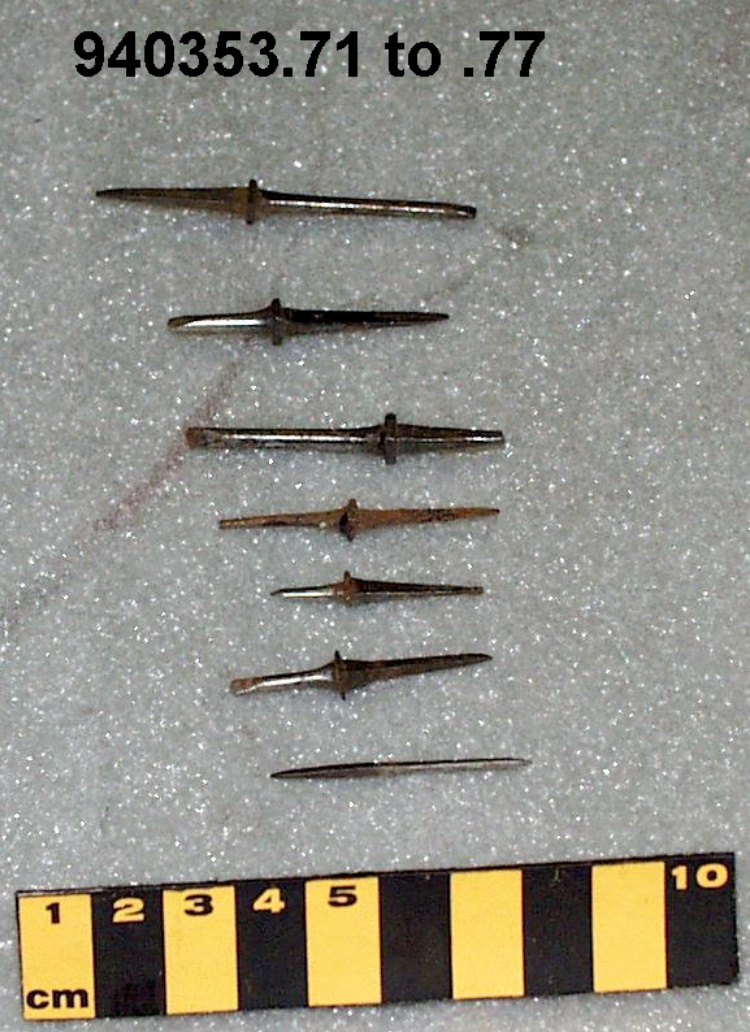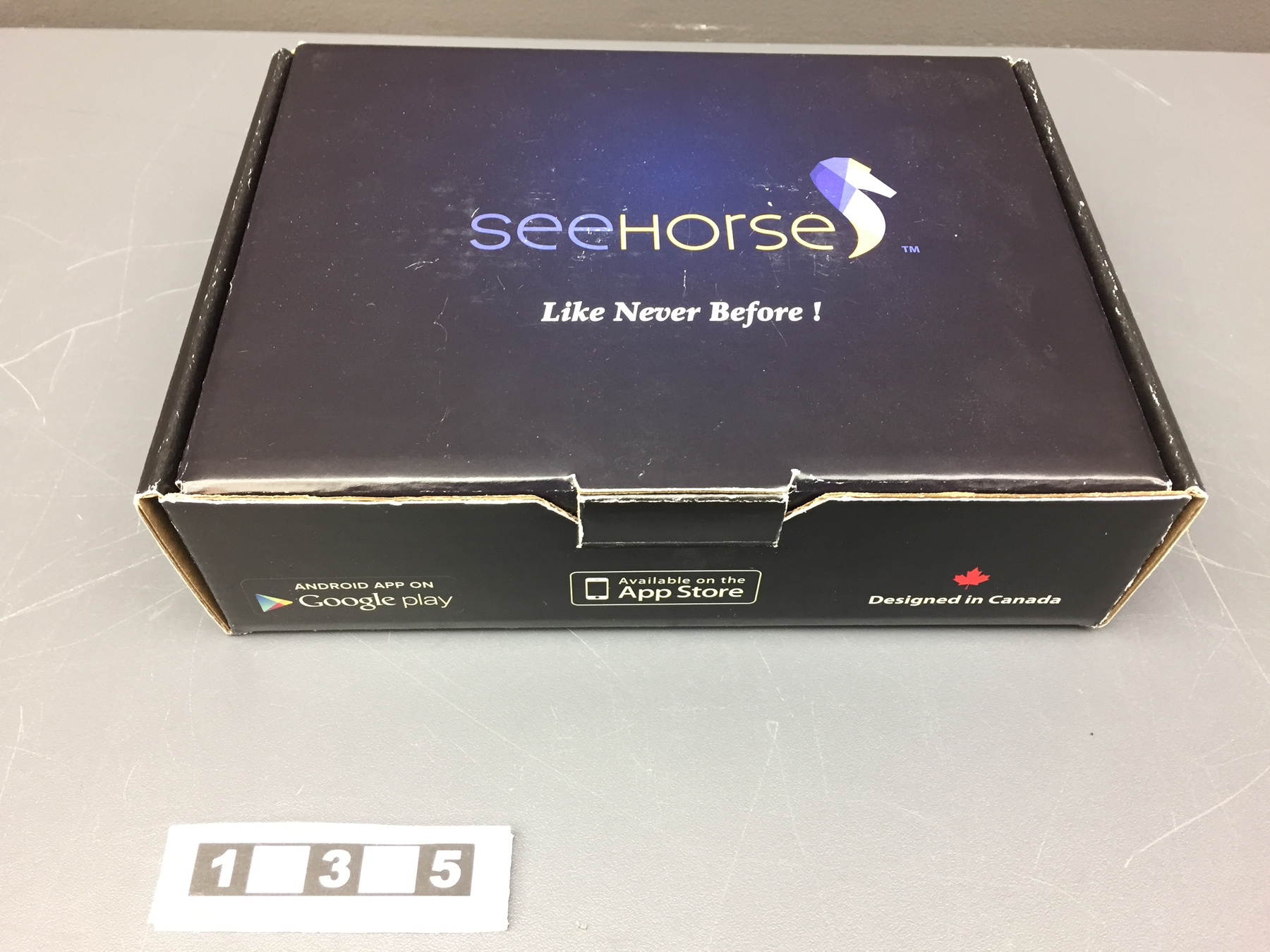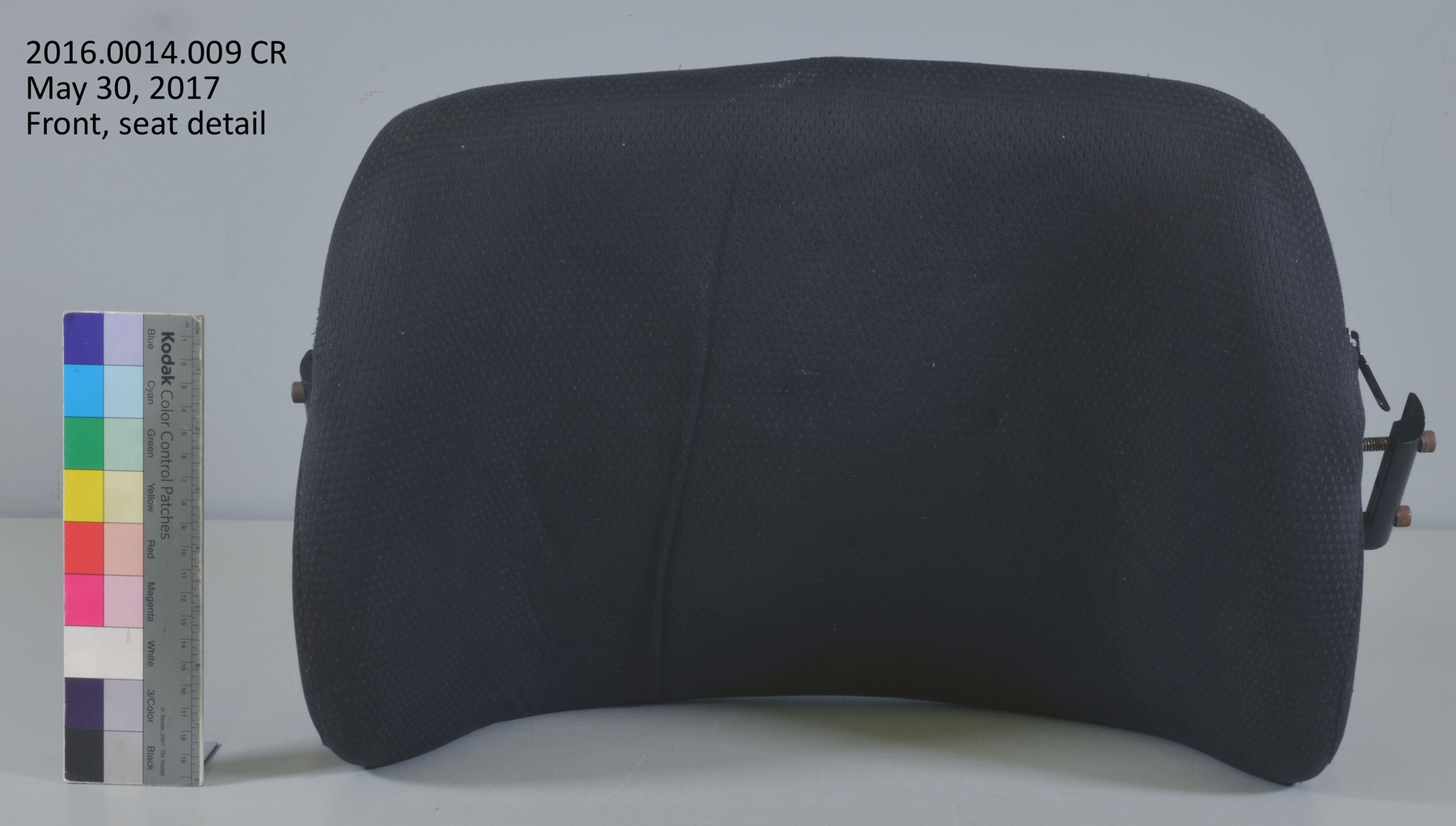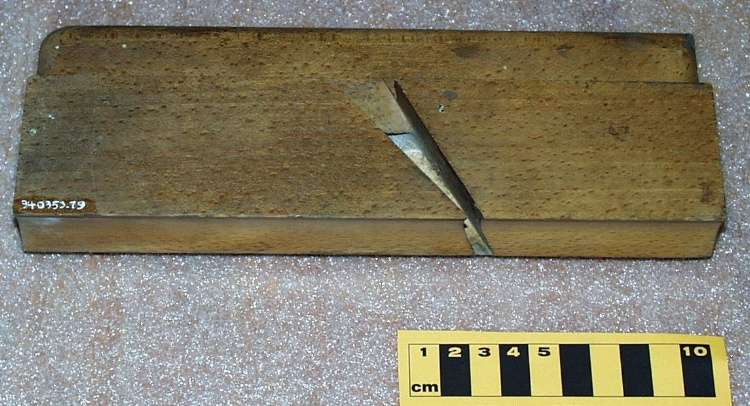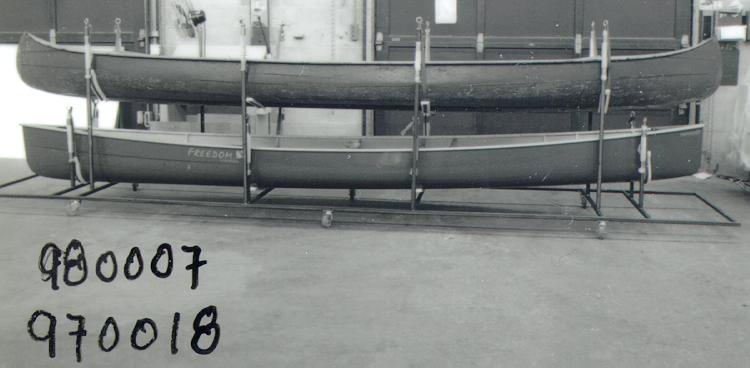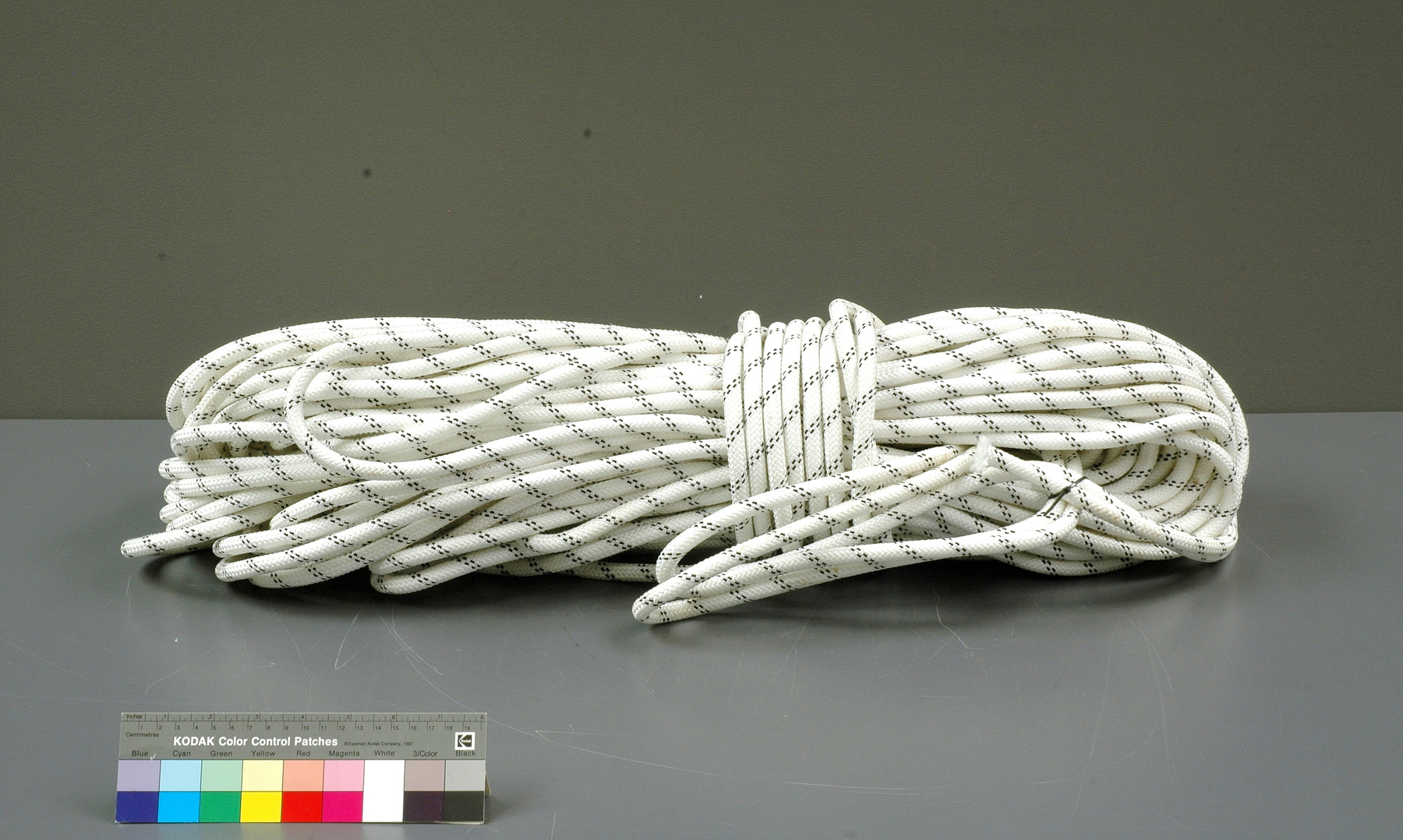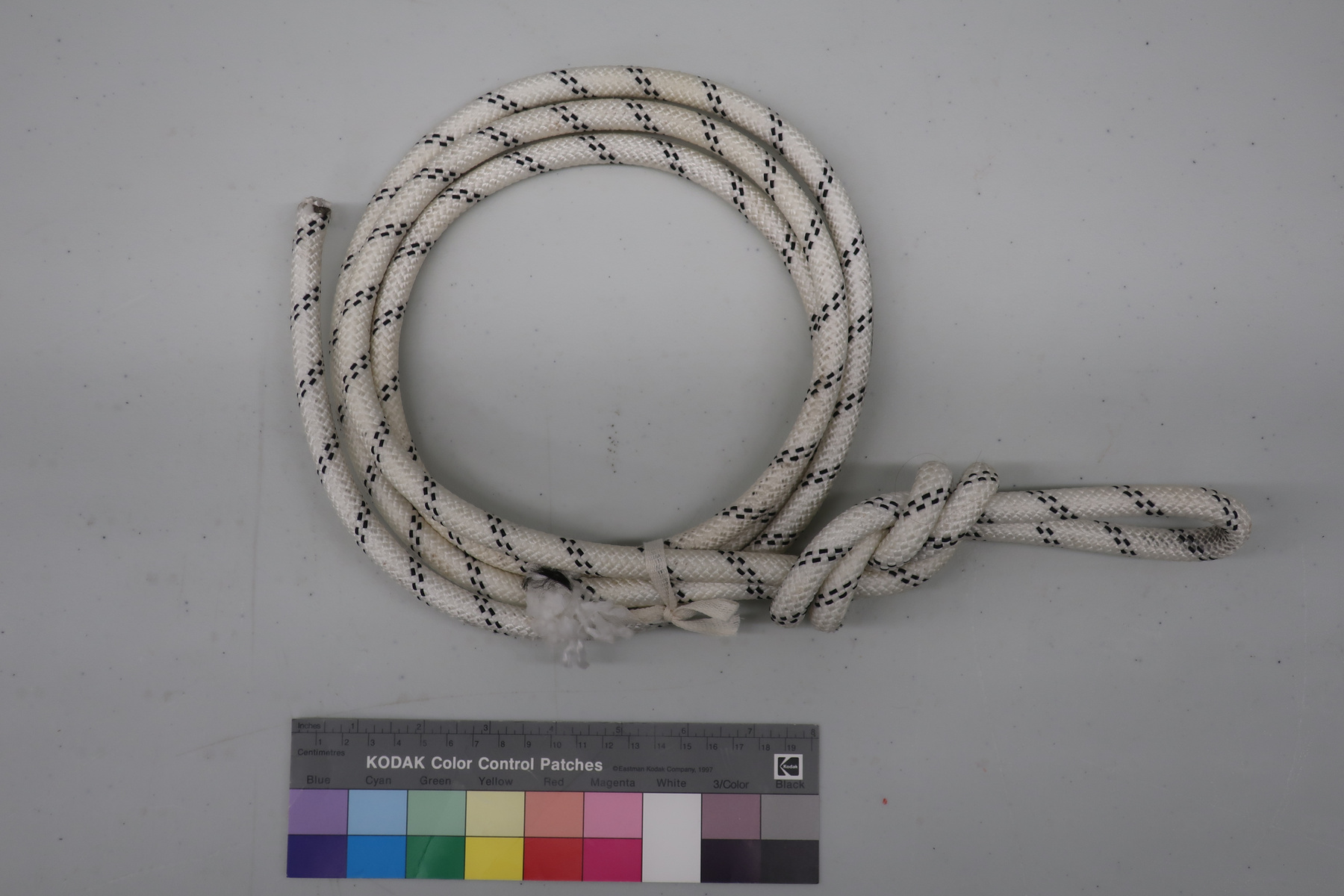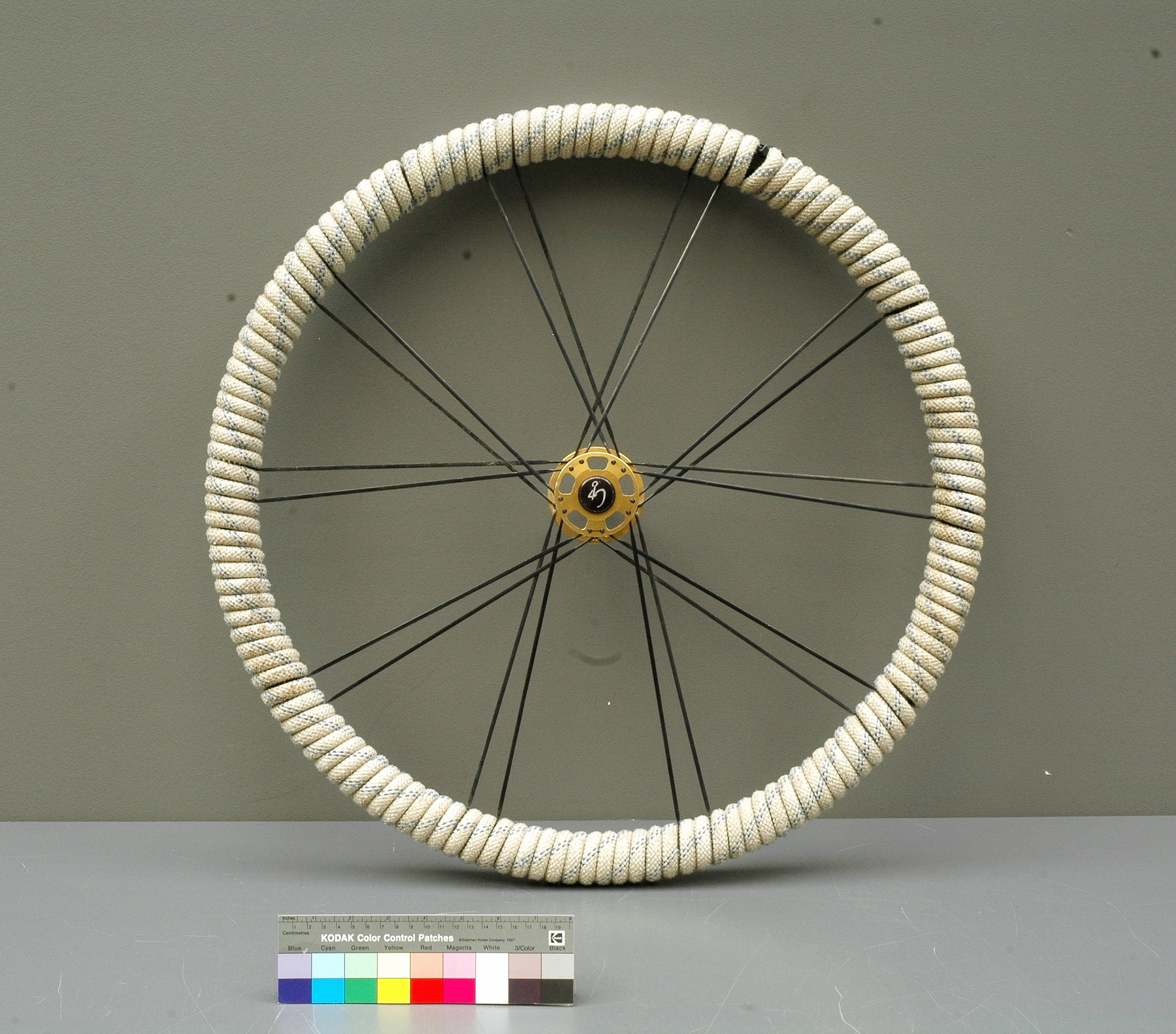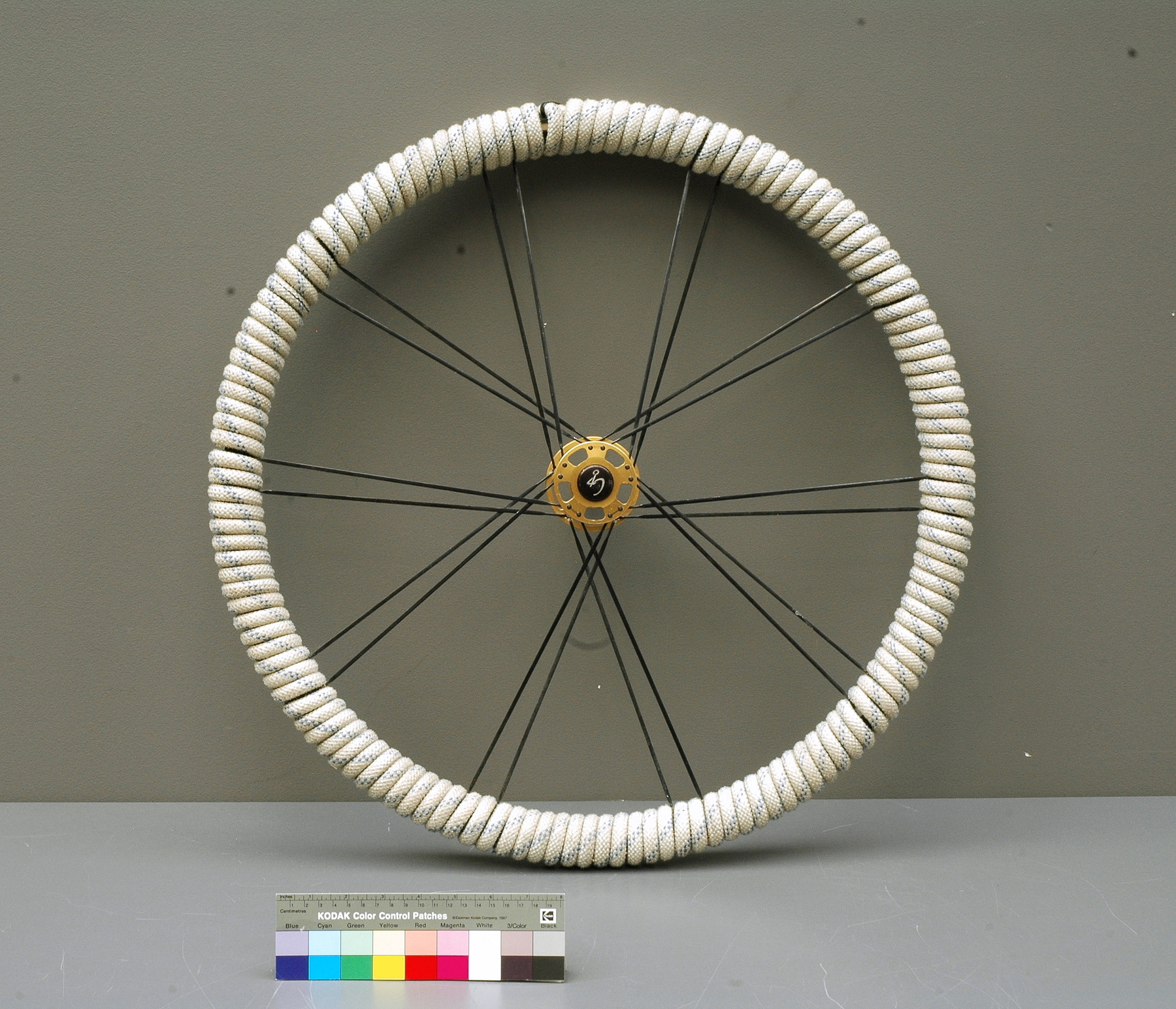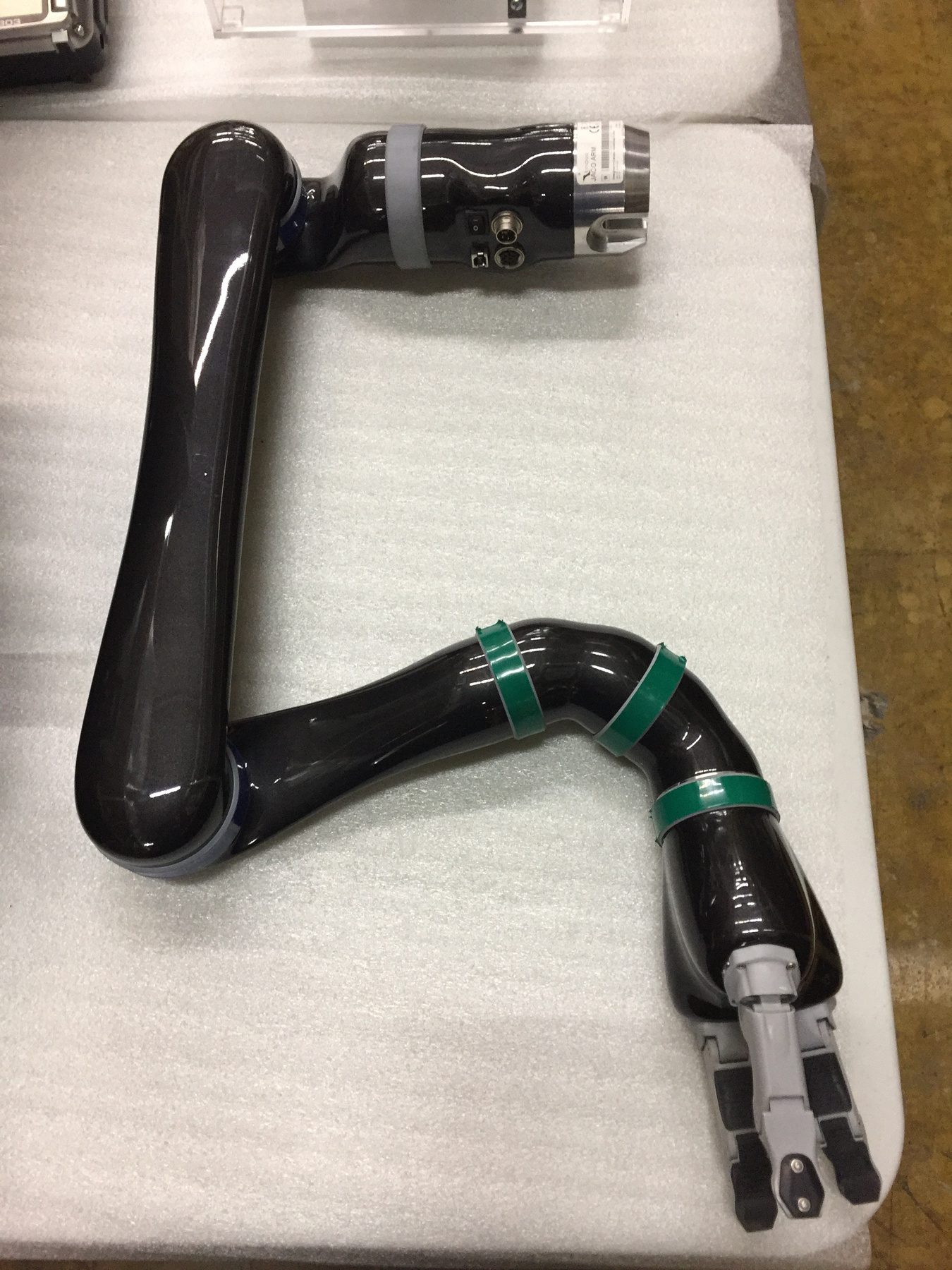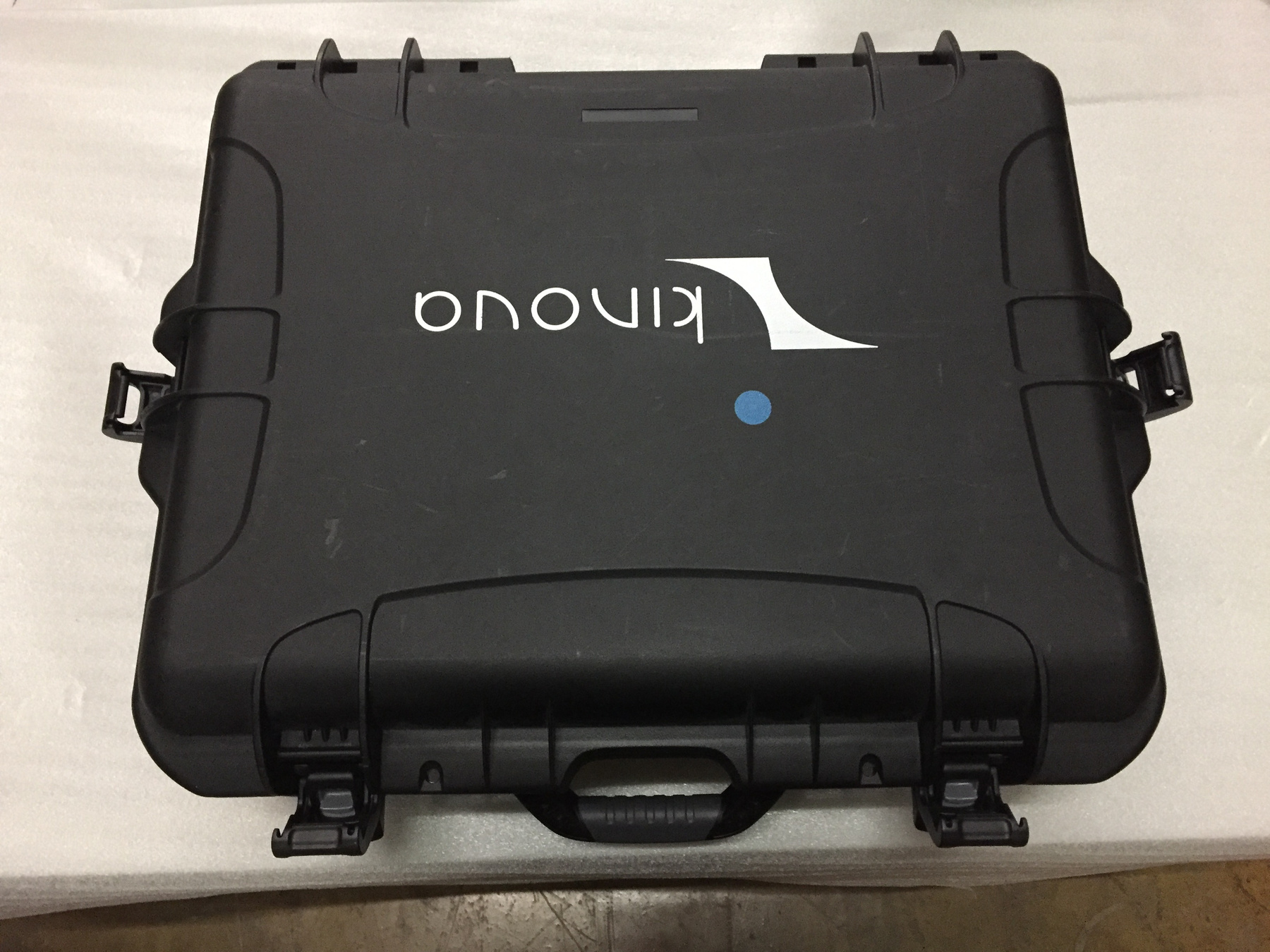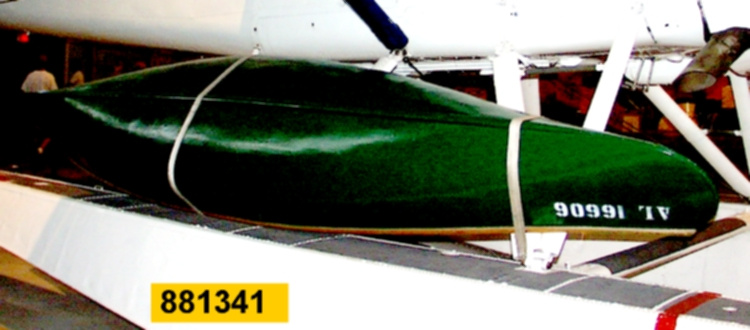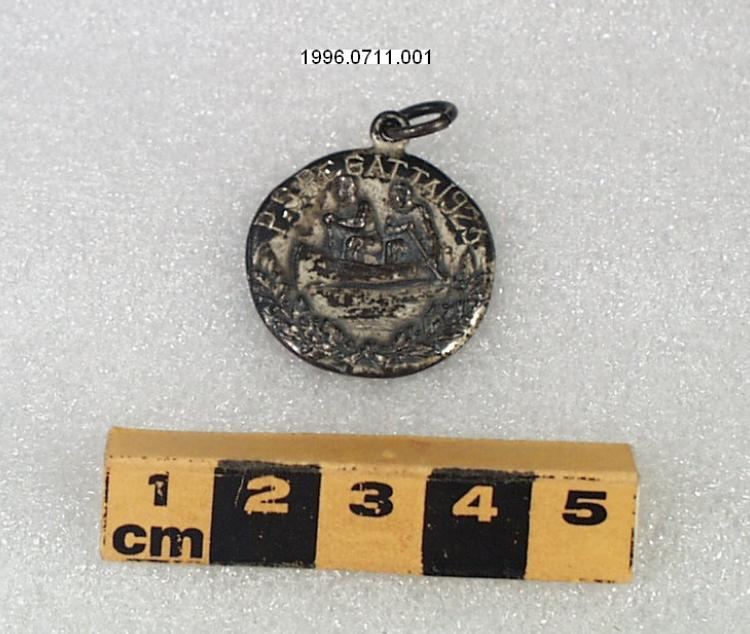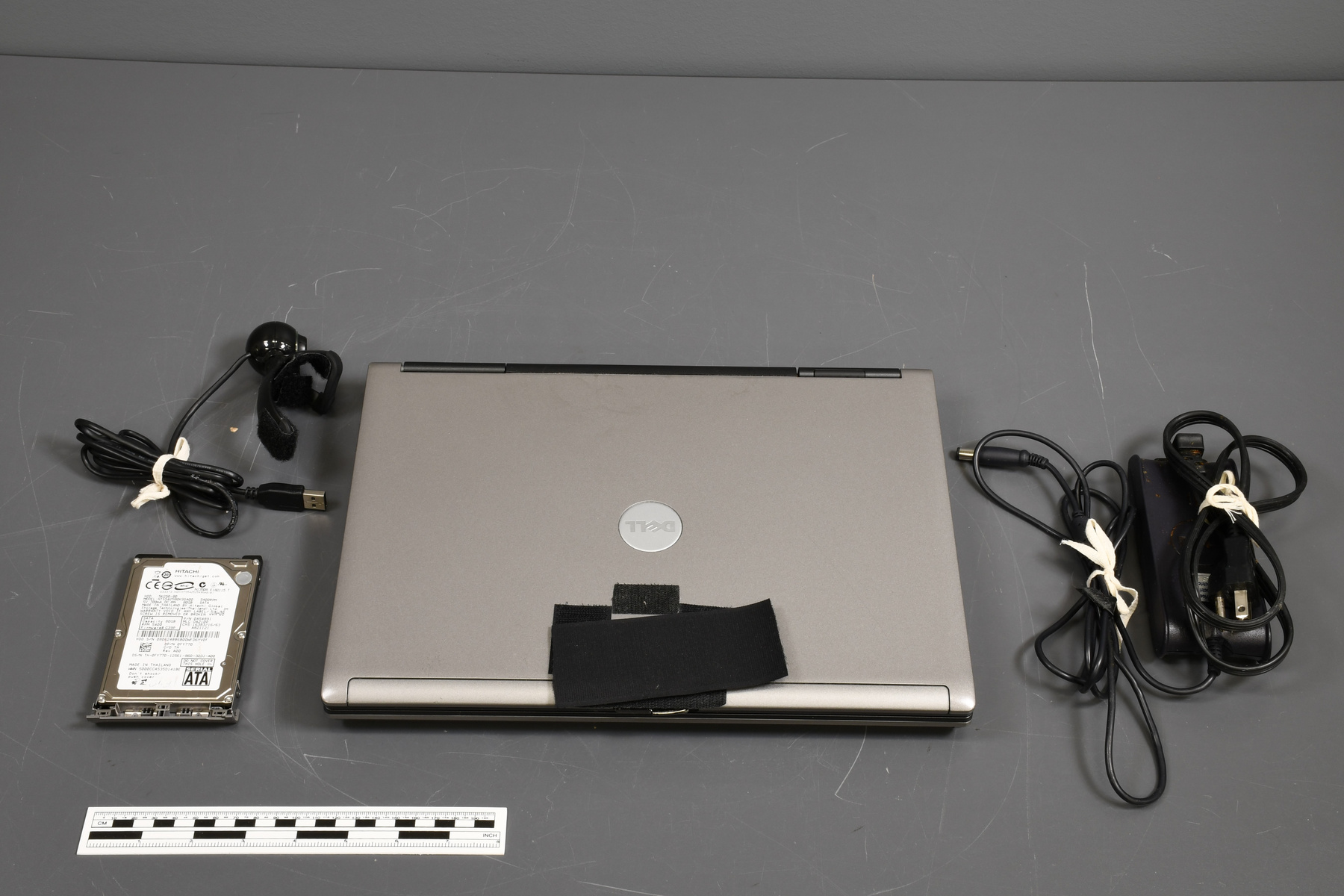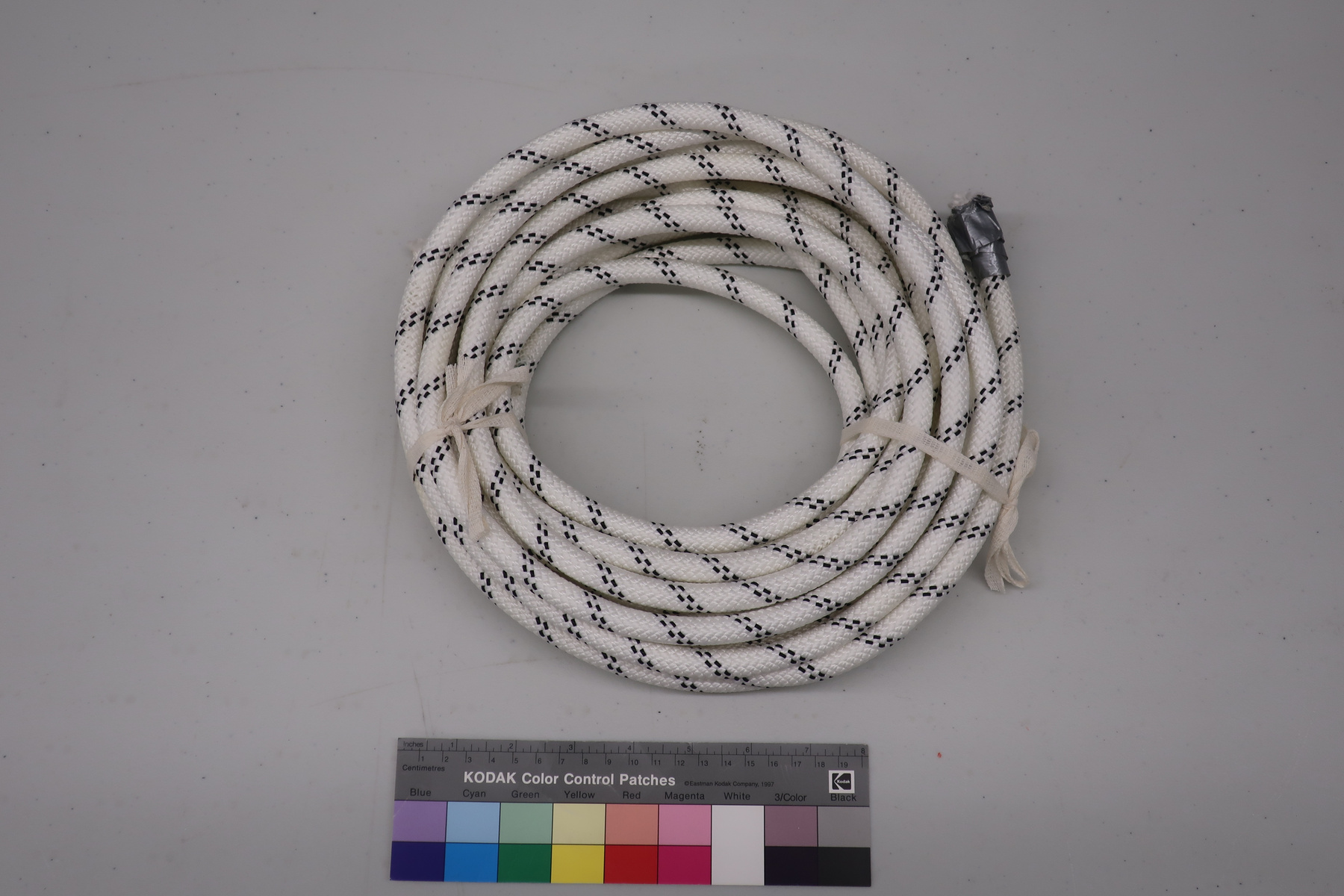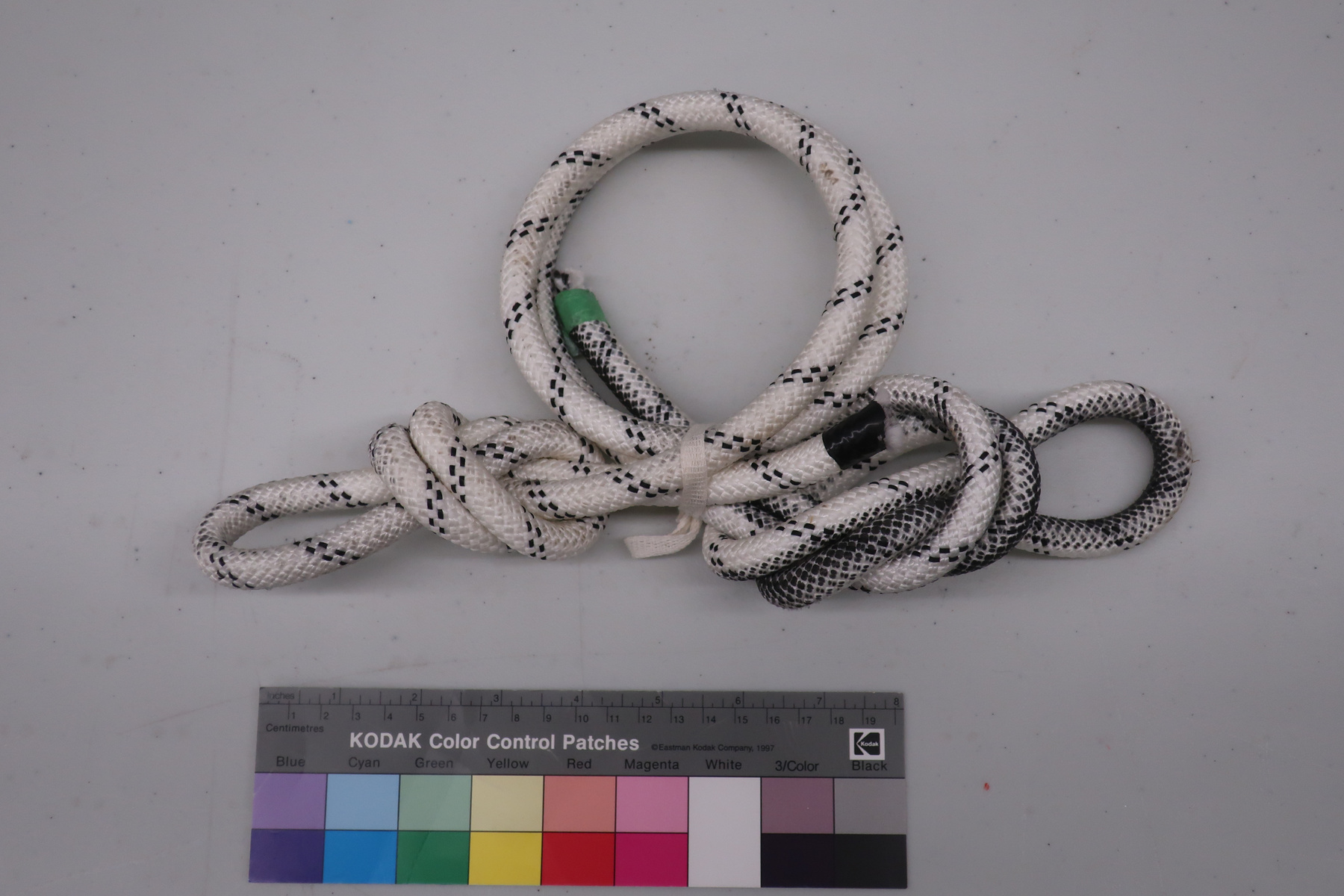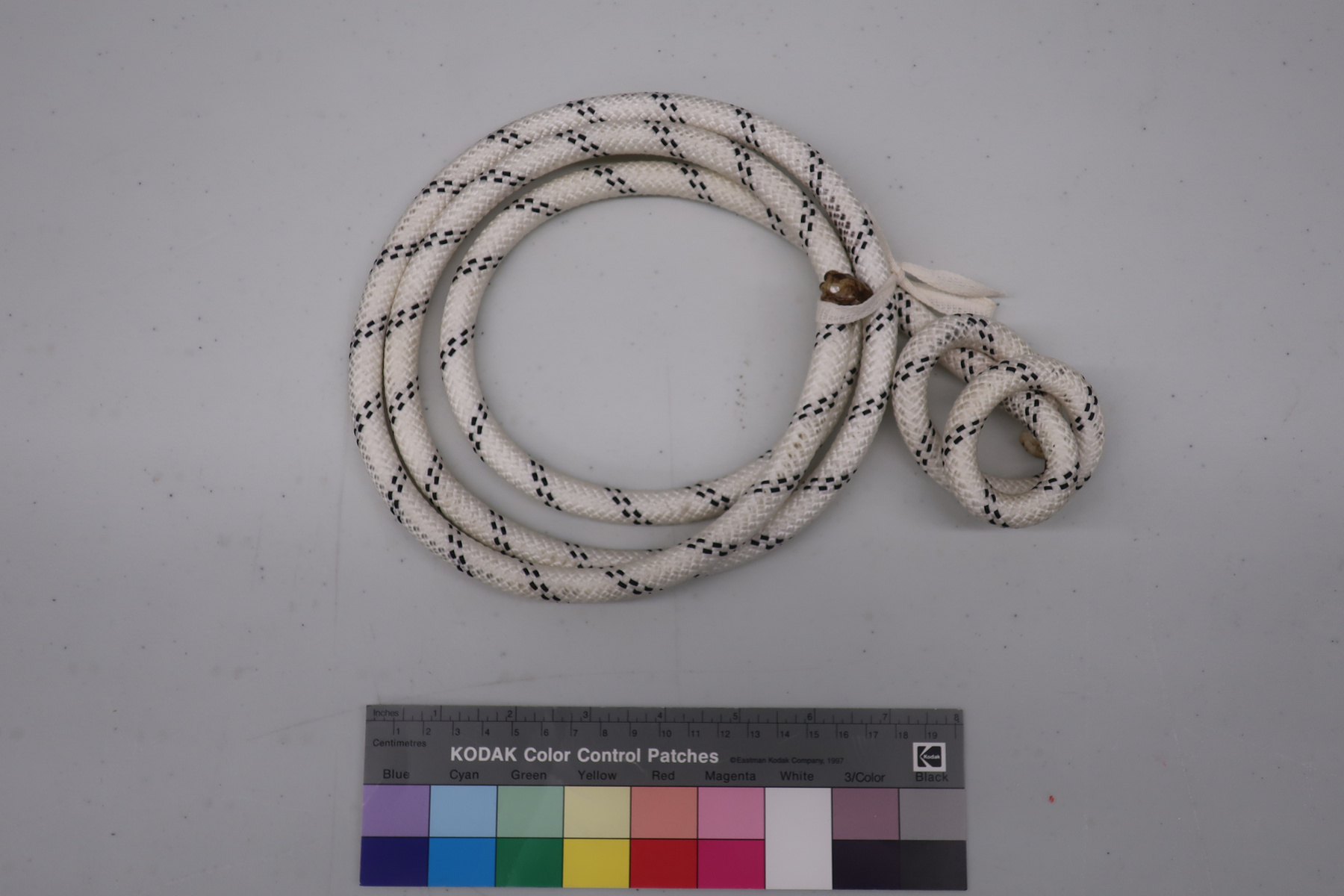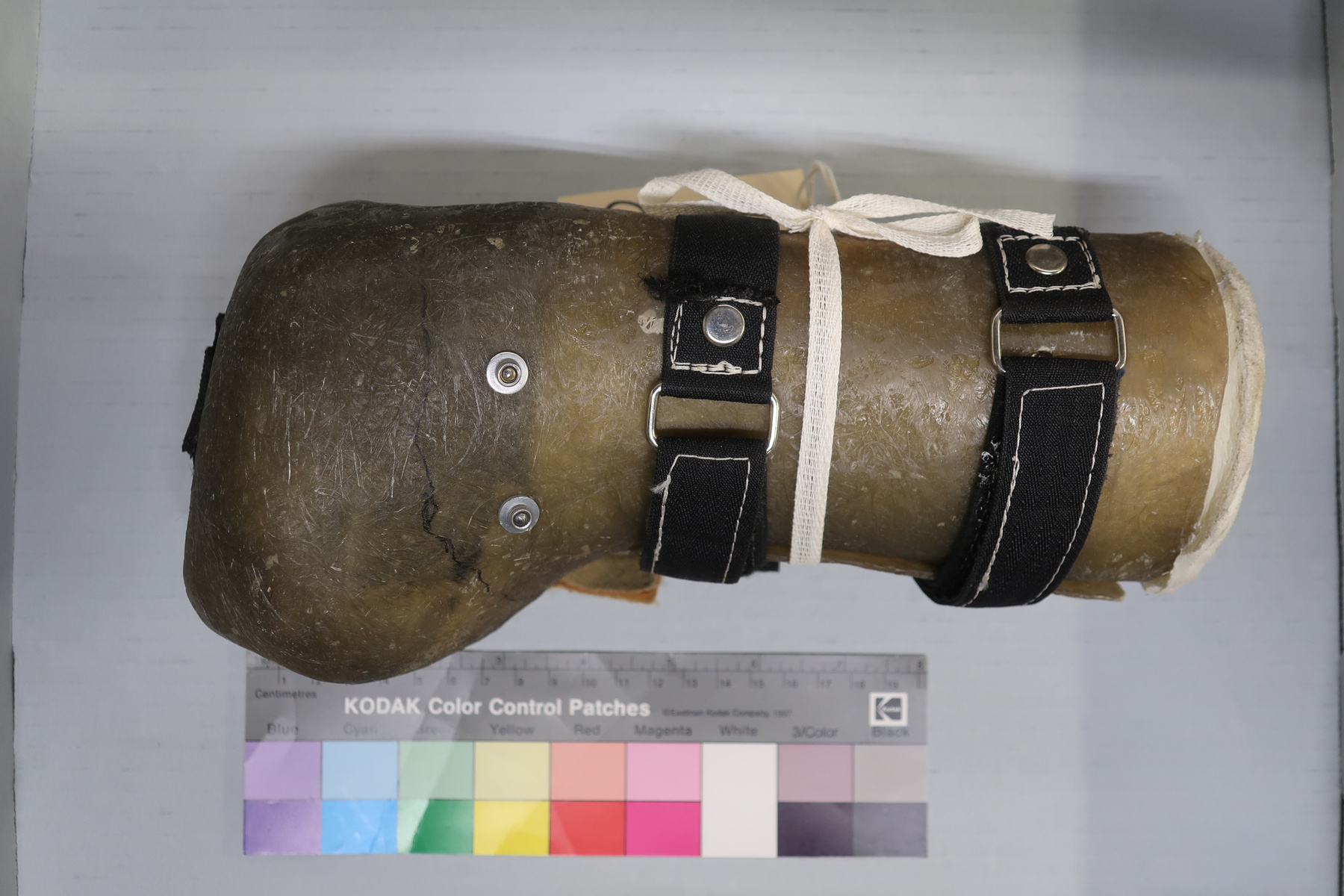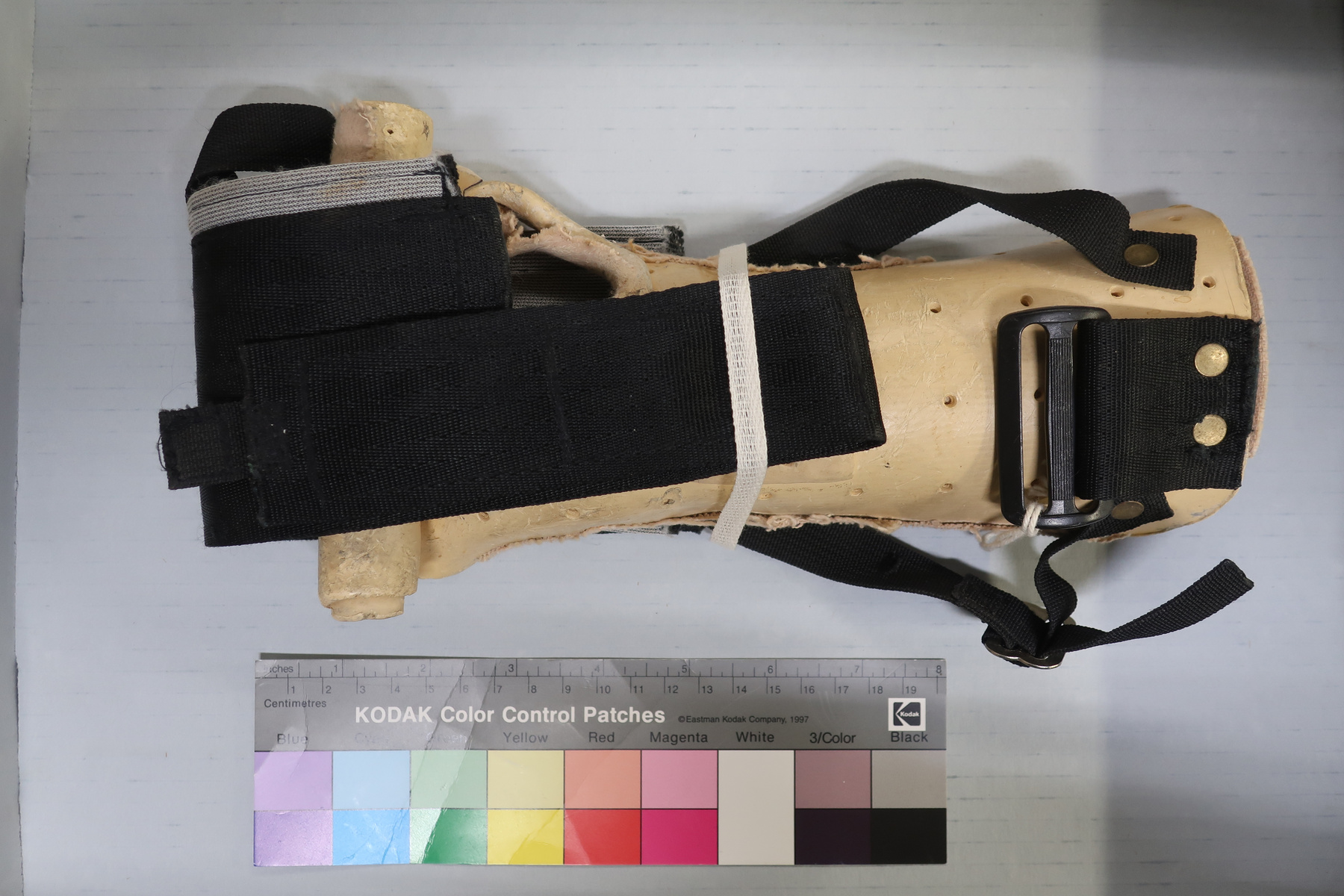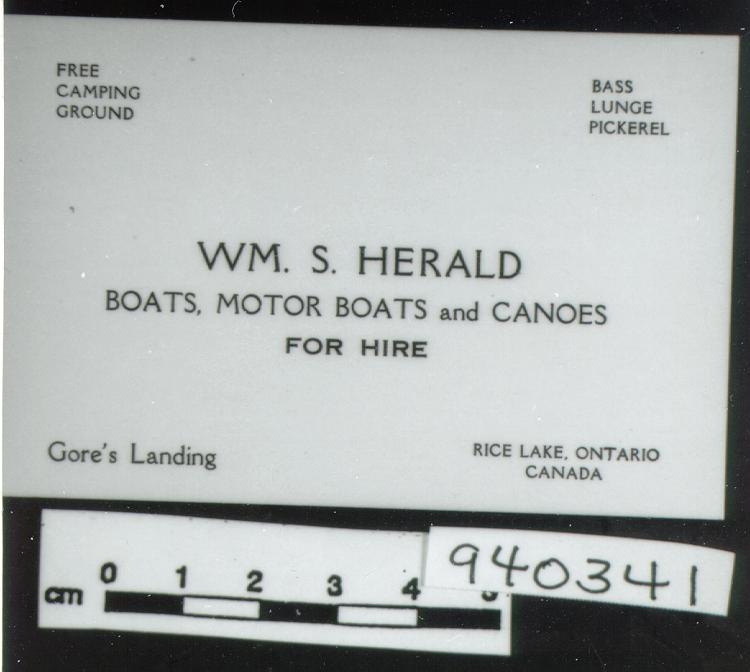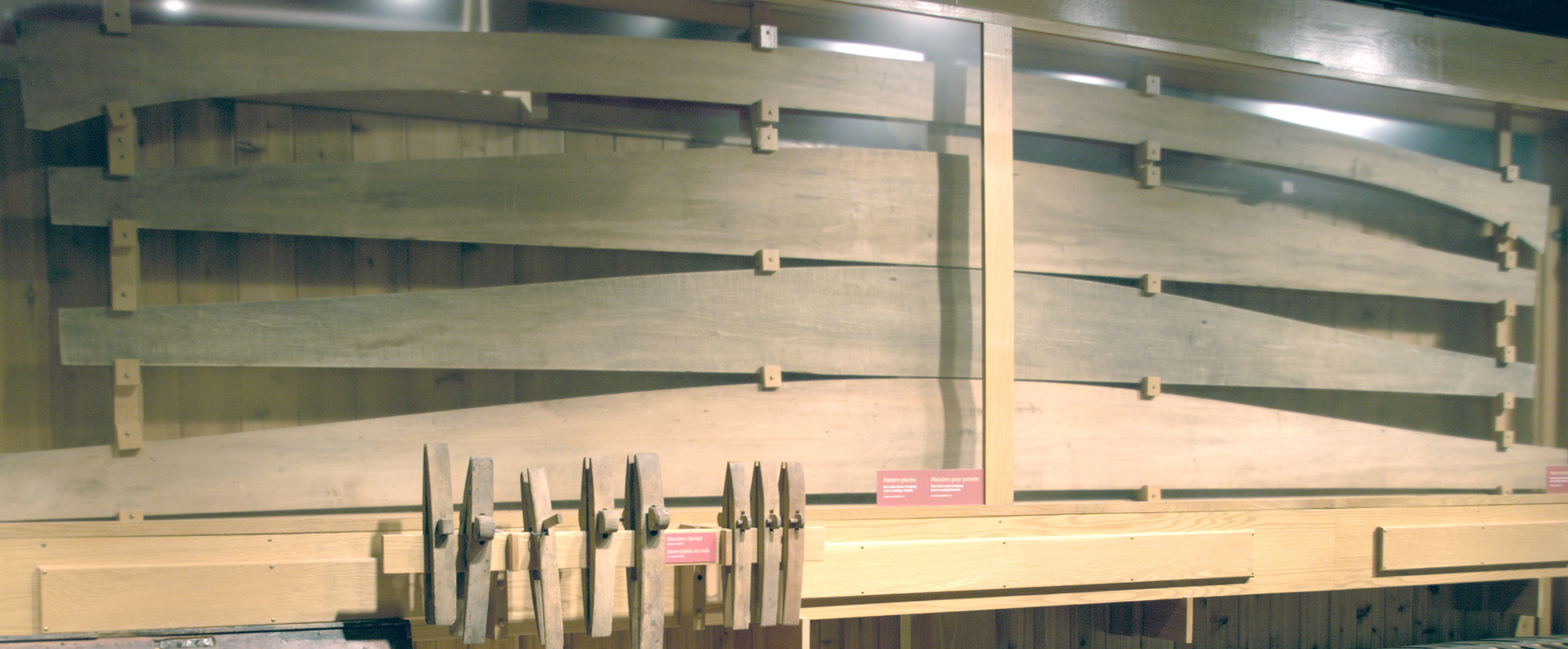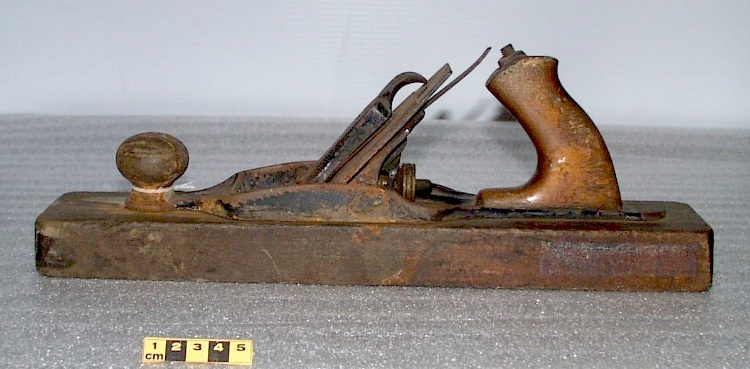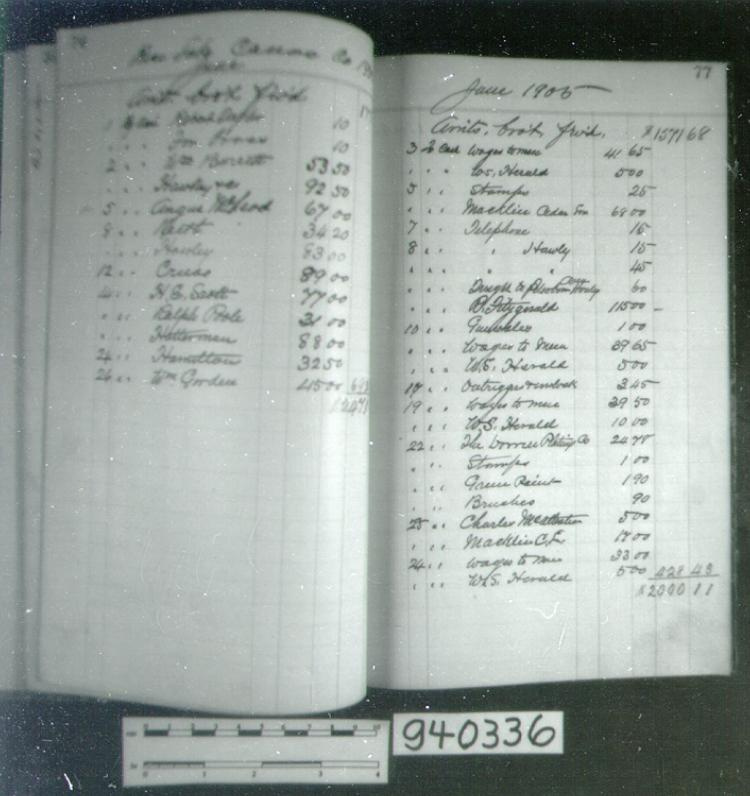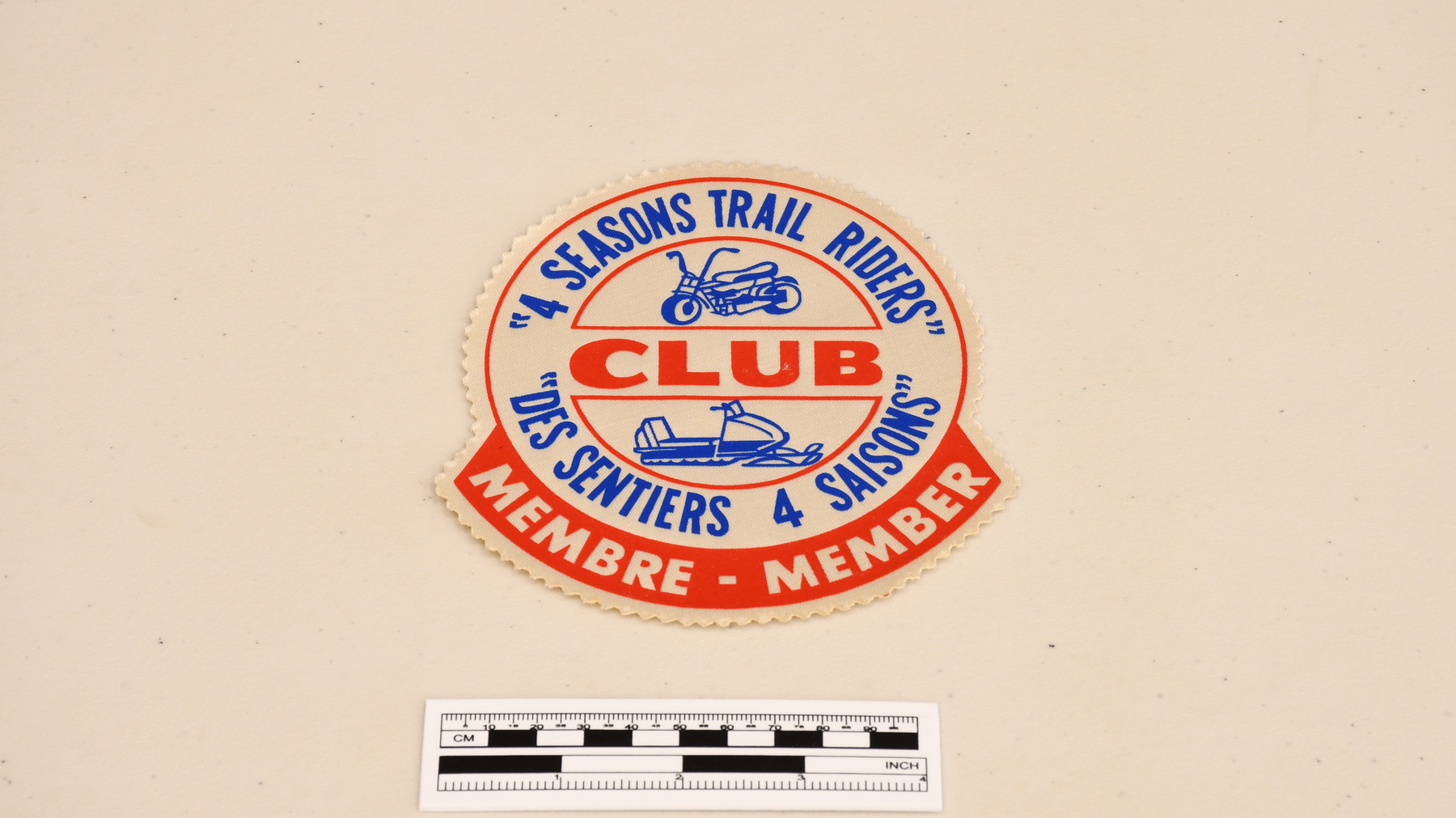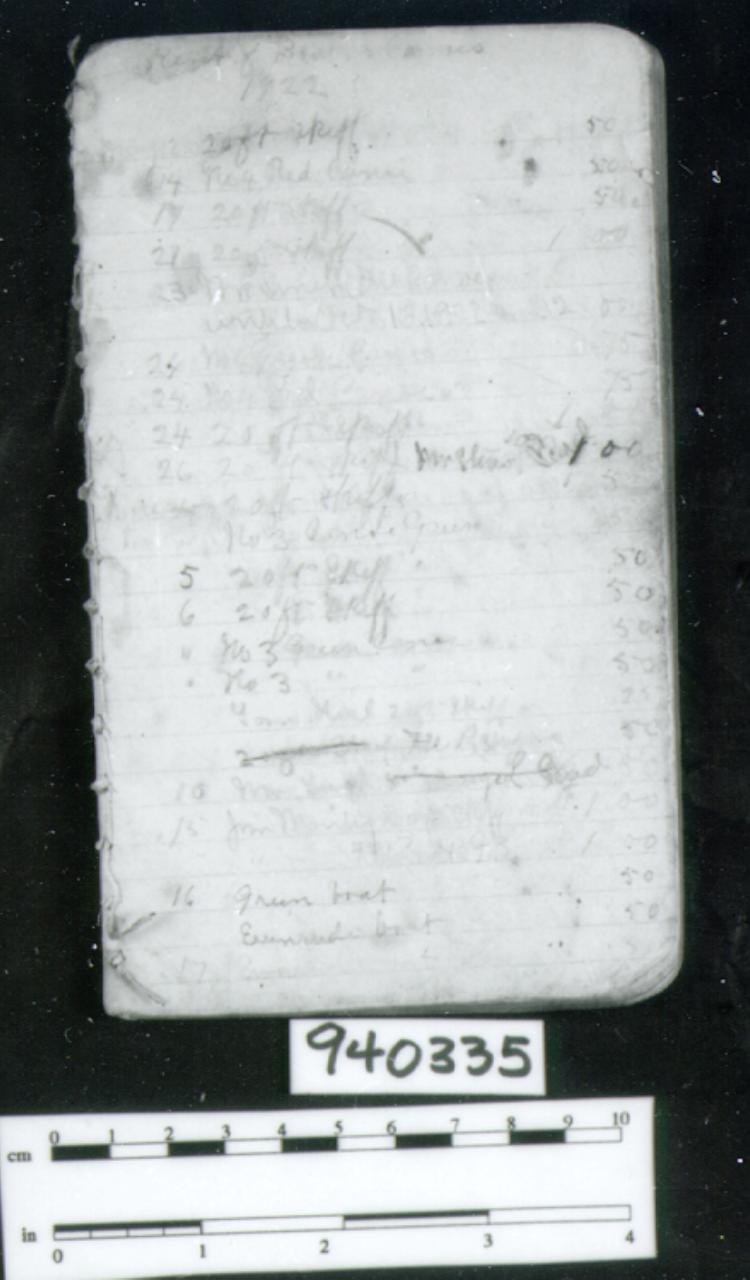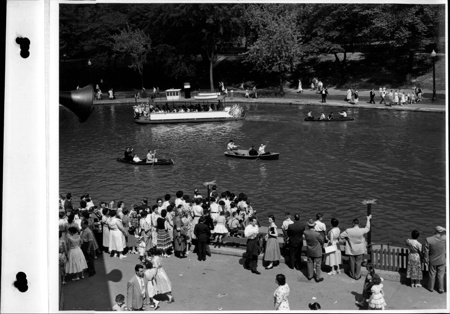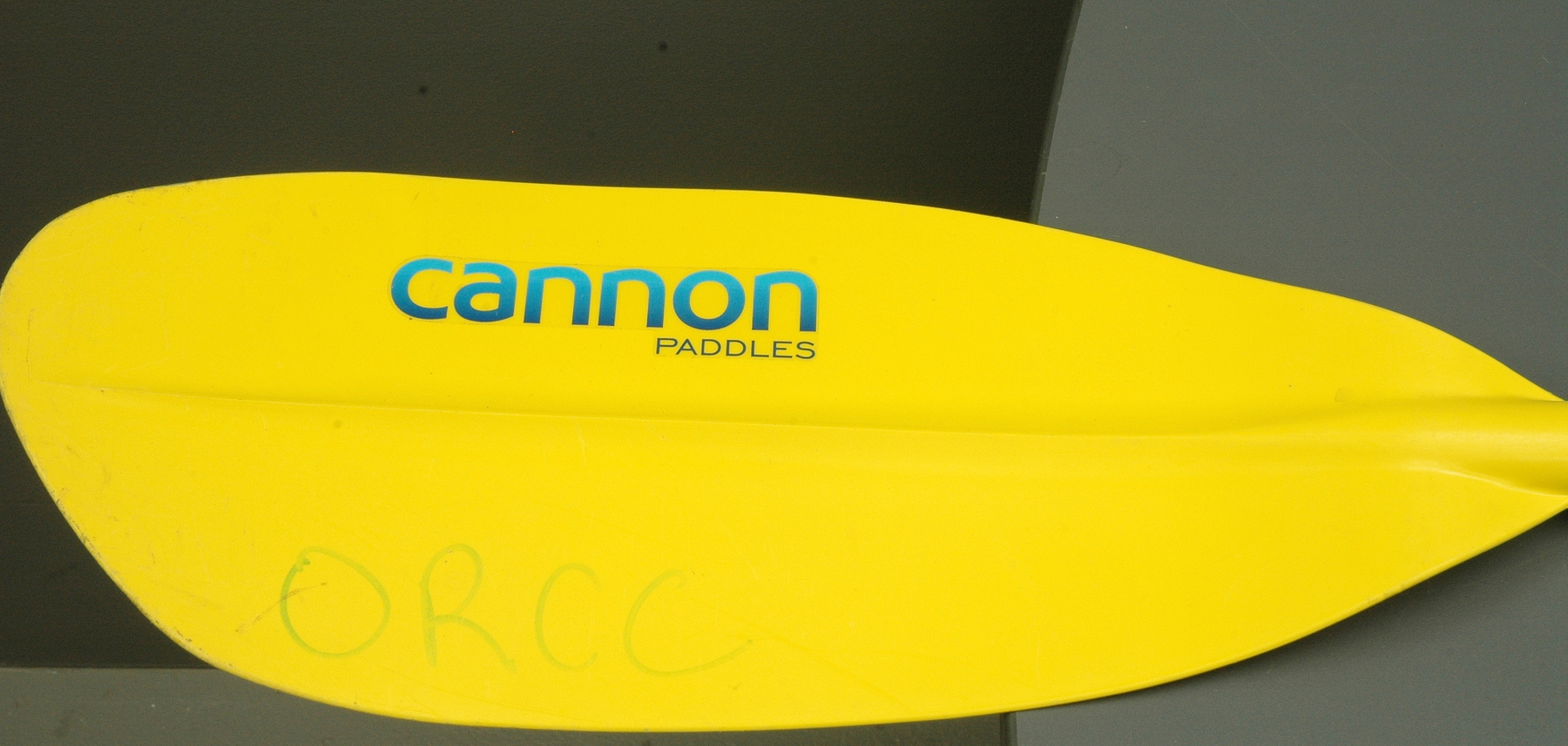Paddle
Use this image
Can I reuse this image without permission? Yes
Object images on the Ingenium Collection’s portal have the following Creative Commons license:
Copyright Ingenium / CC BY-NC-ND (Attribution-NonCommercial 4.0 International (CC BY-NC 4.0)
ATTRIBUTE THIS IMAGE
Ingenium,
2016.0186.001
Permalink:
Ingenium is releasing this image under the Creative Commons licensing framework, and encourages downloading and reuse for non-commercial purposes. Please acknowledge Ingenium and cite the artifact number.
DOWNLOAD IMAGEPURCHASE THIS IMAGE
This image is free for non-commercial use.
For commercial use, please consult our Reproduction Fees and contact us to purchase the image.
- OBJECT TYPE
- kayak
- DATE
- 2007
- ARTIFACT NUMBER
- 2016.0186.001
- MANUFACTURER
- Unknown
- MODEL
- Unknown
- LOCATION
- Unknown
More Information
General Information
- Serial #
- N/A
- Part Number
- 1
- Total Parts
- 1
- AKA
- N/A
- Patents
- N/A
- General Description
- Fibreglass (possible) handle shaft, rubber (possible) drip rings and synthetic blades
Dimensions
Note: These reflect the general size for storage and are not necessarily representative of the object's true dimensions.
- Length
- 220.0 cm
- Width
- 17.7 cm
- Height
- 5.7 cm
- Thickness
- N/A
- Weight
- N/A
- Diameter
- N/A
- Volume
- N/A
Lexicon
- Group
- Marine Transportation
- Category
- Vessel parts
- Sub-Category
- N/A
Manufacturer
- AKA
- Unknown
- Country
- Unknown
- State/Province
- Unknown
- City
- Unknown
Context
- Country
- Canada
- State/Province
- Ontario
- Period
- ca. 2007-2016
- Canada
-
(From the Acquisitioin Proposal for the Kayak). Kayaks were initially developed by the Inuit and other Indigenous peoples to travel and hunt the inland lakes, rivers and coastal waters of the subarctic. Initially, kayaks were constructed from stitched animal skins stretched over a wood or whalebone-skeleton frame. While kayaks designs are usually lightweight and maneuverable, different types were developed, each adapted to specific needs, environmental conditions and cultures. While still in widespread use in the north, the kayak has been mostly superseded as a working boat by various motorized transportation technologies. The success of the kayak as a light and maneuverable watercraft has led it to be adopted in warmer climates. From oceans and lakes, to rivers and rapids, kayaks are now used all over the world in recreational and competitive contexts. The adaptability of the design has made it possible to create a variety of kayak types, each suited to different environmental conditions and specific sports. Canoe Kayak Canada was founded in 1900 as the Canadian Canoe Association. Apart from administering competitive programs at the national level, the organization promotes and provides resources to club and paddling associations to encourage the development of the sport. Canoe Kayak Canada introduced the PaddleAll program in 2007 to assist people with disabilities to participate in the sport of Canoe Kayak. The program pairs volunteers and people with disabilities, both physical and intellectual, and is operated on both a recreational and competitive levels. The program includes safety orientation and technical instruction by experienced coaches, with each paddler being paired with an experienced partner for 1:1 support. PaddleAll programs have been successful throughout the country, and has helped Canada play a leadership role in the development the sport worldwide. Canada was a key contributor in getting the sport of Paracanoe included in the 2016 Rio Paralympic Games. Two Canadian athletes, five-time Paracanoe World Champion Christine Gauthier and 19-year-old Erica Scarff, will take part in the event. On a more local note, the Ottawa River Canoe Club has participated in PaddleAll since its inception, being one of the first five clubs in Canada to offer the program in 2007. PaddleAll sessions run from July to August and are usually held on Monday evenings for people with intellectual disabilities and Wednesday evenings for people with physical disabilities. While the club does not have a competitive program, its recreational program has been very well received, even though the non-profit paddling organization is still not fully accessible. The club offers both kayaking and canoeing, with a variety of boats to suits people’s needs and abilities. The Sonic 80X kayak has been in use since 2007 to introduce participants to the sport and the basics of kayaking. (From Acquisition Proposal, see Ref. 1) - Function
-
Used as a means for self-propulsion and steering when piloting a kayak. - Technical
-
(From the Acquisitioin Proposal for the Kayak). Pelican International specializes in the design and manufacture of kayaks, canoes, pedal boats and fishing boats. The company uses Twin Sheet Thermoforming technology, which, according to them, produces a stiffer, stronger, lighter product. The Sonic 80X kayak is manufactured out of RAM-XS, a multi-layer high-density polyethylene, or fancy plastic, designed for high impact-resistance and outstanding longevity. While RAM-XS is known for its rigidity, it is also has the ability to regain its initial shape after violent impacts, a key feature considering the environment canoes and kayaks sometimes operate in. The Sonic 80X kayak’s hull is also UV-protected, which contributes to the product’s longevity and superior safety. Many features that beginner-level kayakers appreciate have made the Sonic 80X a key part of the Ottawa River Canoe Club’s PaddleAll program. For starters, its sit-on-top design makes it easier for people with disabilities to get on, because they do not have to slide their lower-body into a cockpit as they would have to with a sit-in kayak. Also, sitting on top is preferred as, in case of a tip over, a rider will simply fall off the kayak, instead of having to pull himself or herself out, which can be difficult to do with limited mobility. Furthermore, the kayak’s adjustable padded backrest and seat are well suited to adapted paddling as they can be relatively easily adapted to the rider’s individual needs. As such, the Ottawa River Canoe Club uses various seats and cushions to stabilize and support a kayaker’s back and core. The kayak’s molded footrests are also very well adapted to people with disabilities as they provide support for the users legs and help the rider keep control of his or her lower body while kayaking. The footrests act on different levels depending on a person’s ability, from helping someone get on or off the kayak by providing a more stable foothold, to helping hold the legs in place. Finally, the kayak’s hull is quite advantageous for adapted kayaking as its V tunnel pontoon-style design makes for a very stable ride, reducing the need for kayakers to use their body to balance the boat. (From Acquisition Proposal, see Ref. 1) - Area Notes
-
Unknown
Details
- Markings
- On the proper front of the proper left paddle blade: "613-580-/ 2628/ cannon/ PADDLES/ ORCC"/ On the proper back of the proper left paddle blade: "C [logo]/ ORCC"/ On the proper front of the proper right paddle blade: "cannon/ PADDLES/ ORCC"/ On the proper back of the proper right paddle blade: "C [logo]/ ORCC"
- Missing
- Appears complete
- Finish
- Black handle shaft and black rubber drip rings with yellow synthetic blades with blue markings.
- Decoration
- N/A
CITE THIS OBJECT
If you choose to share our information about this collection object, please cite:
Unknown Manufacturer, Paddle, circa 2007, Artifact no. 2016.0186, Ingenium – Canada’s Museums of Science and Innovation, http://collection.ingeniumcanada.org/en/id/2016.0186.001/
FEEDBACK
Submit a question or comment about this artifact.
More Like This
